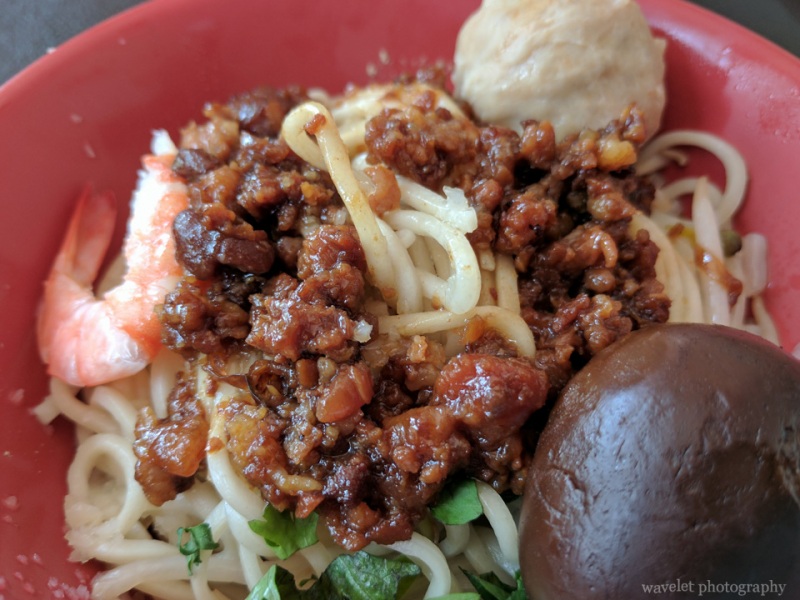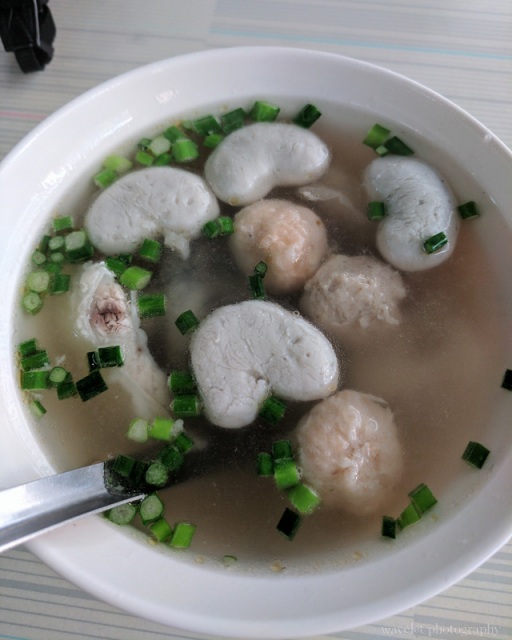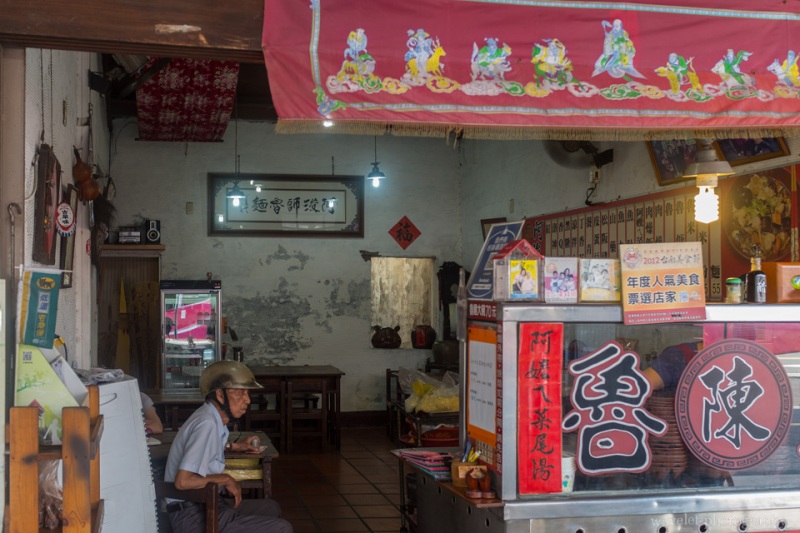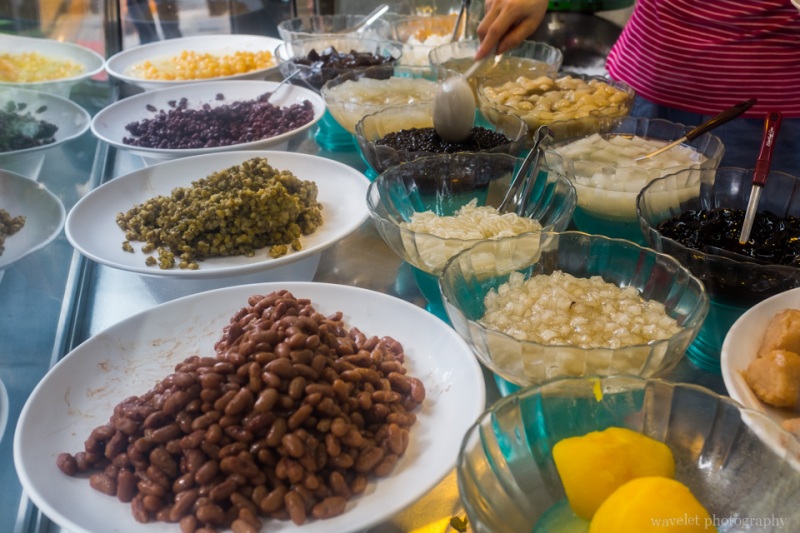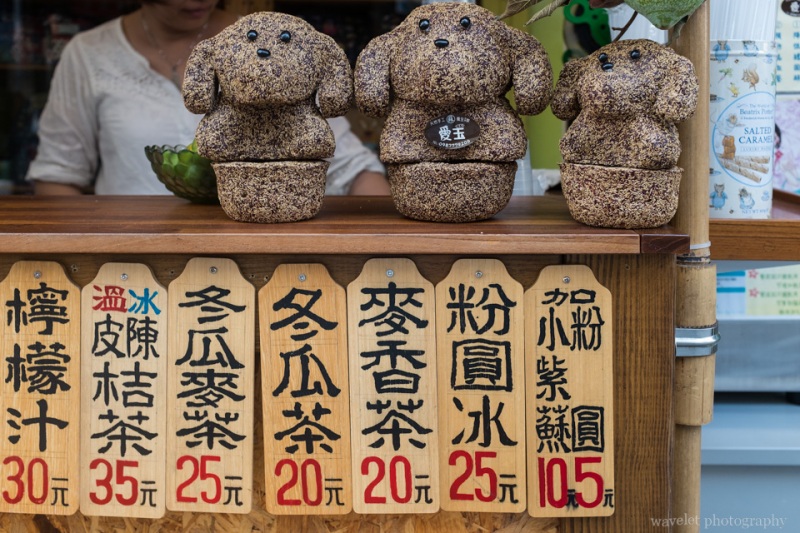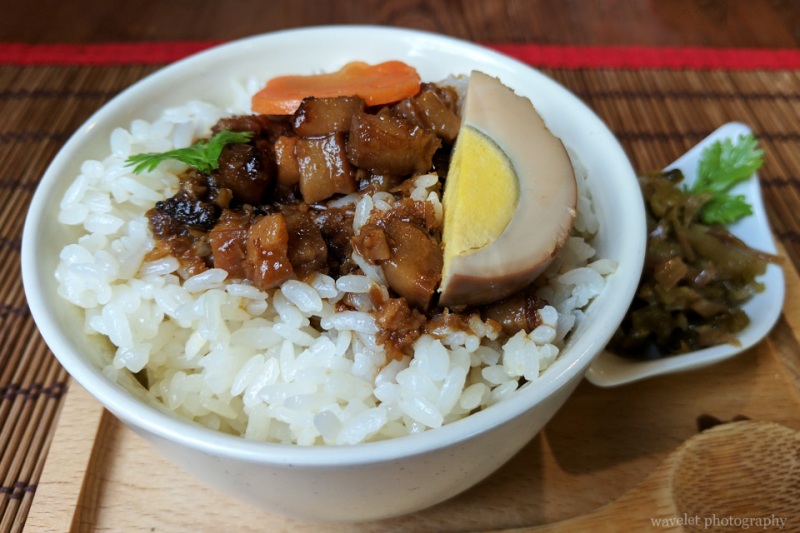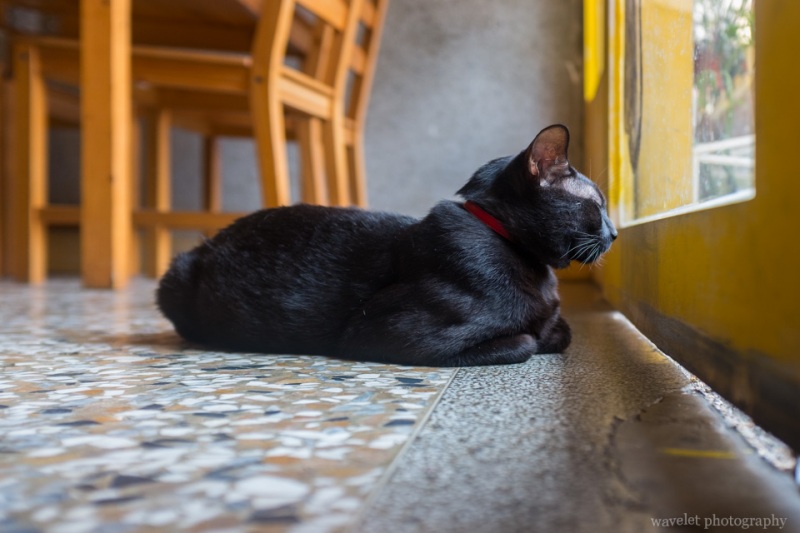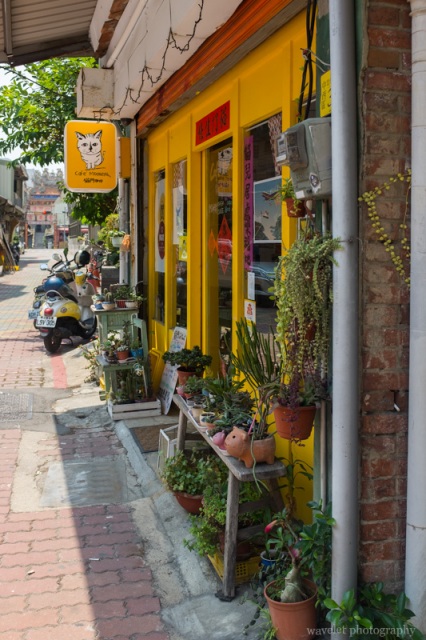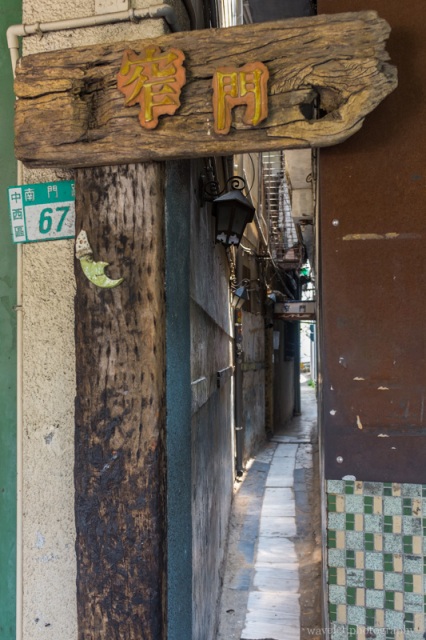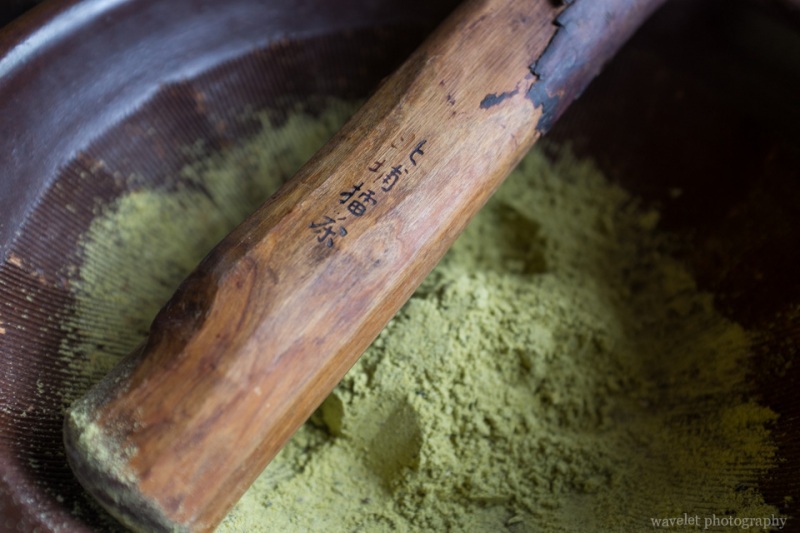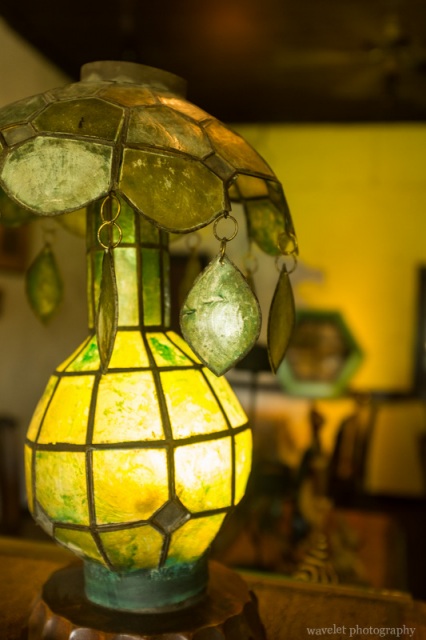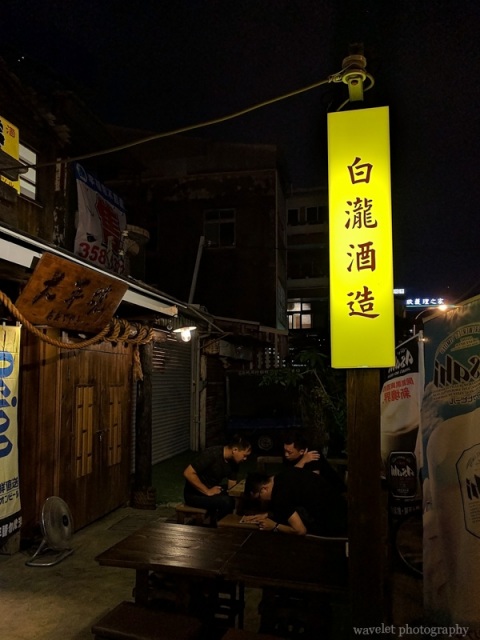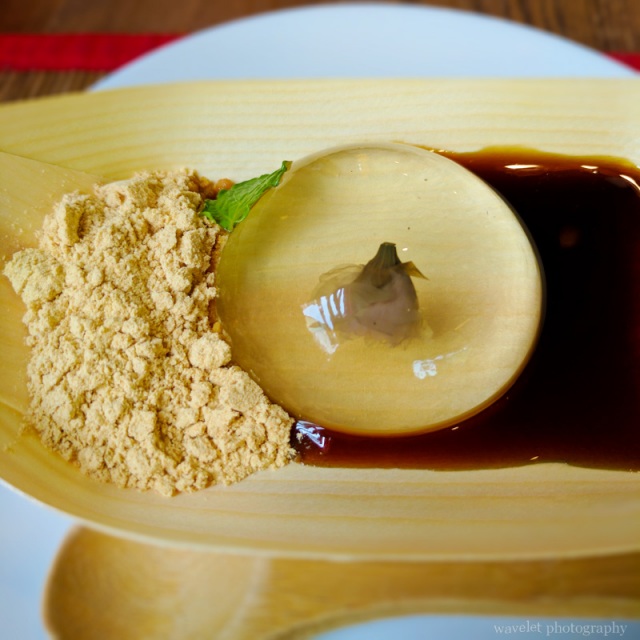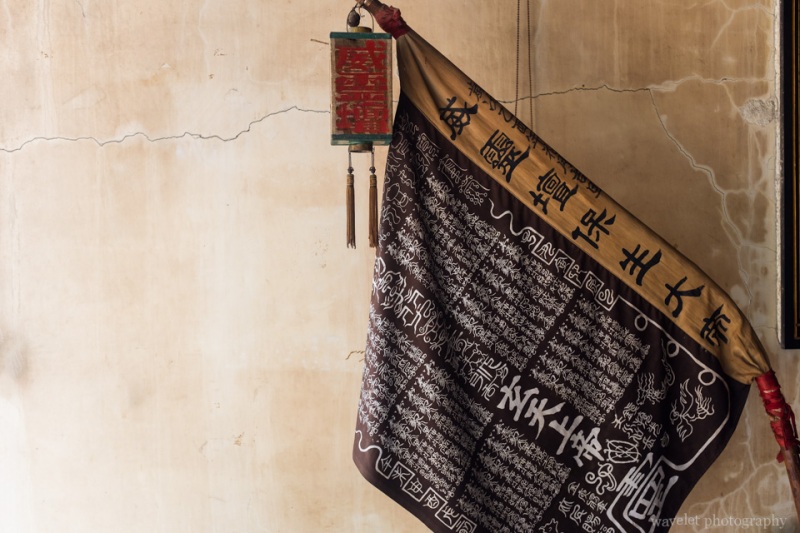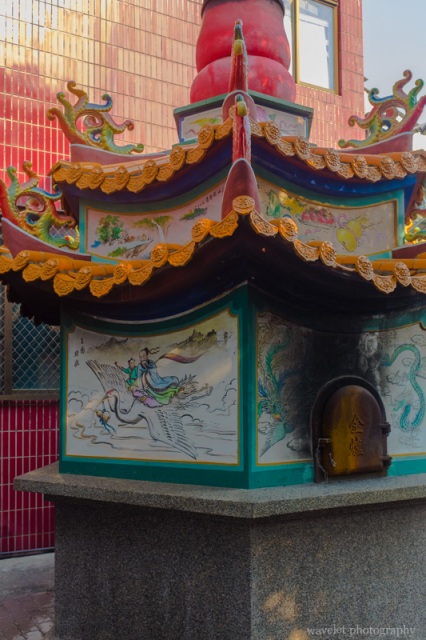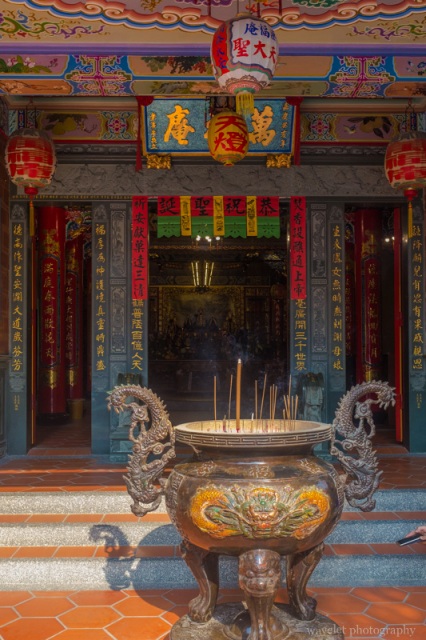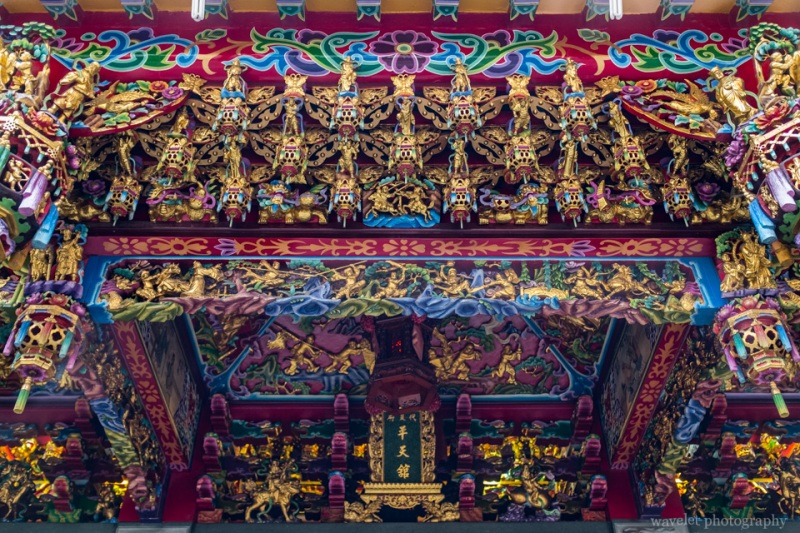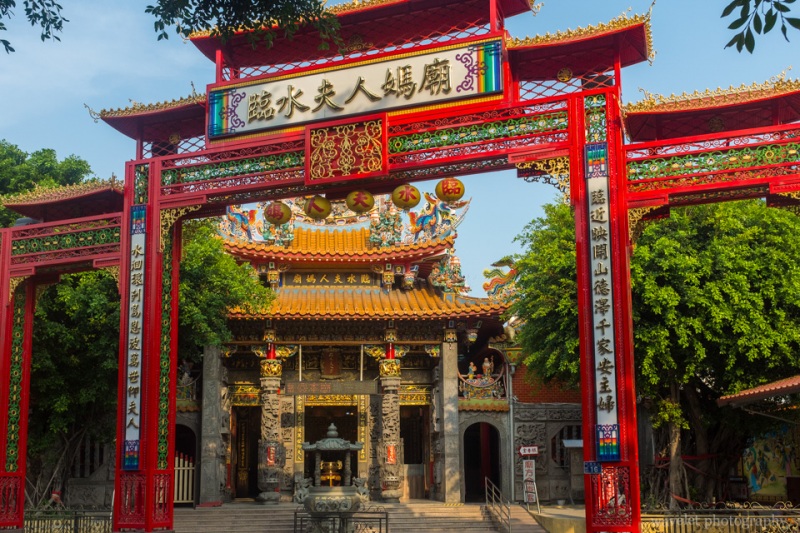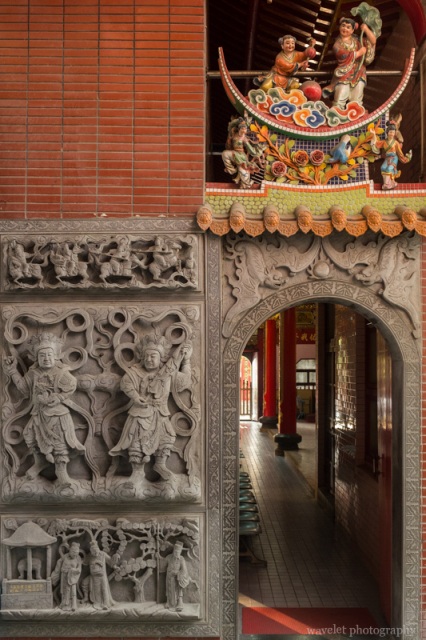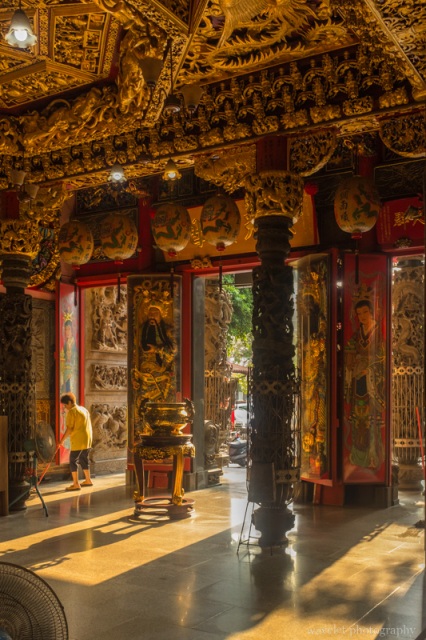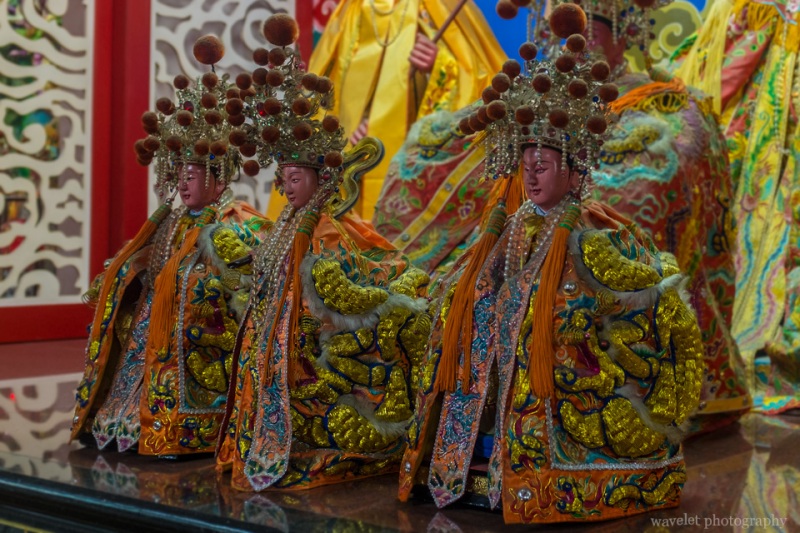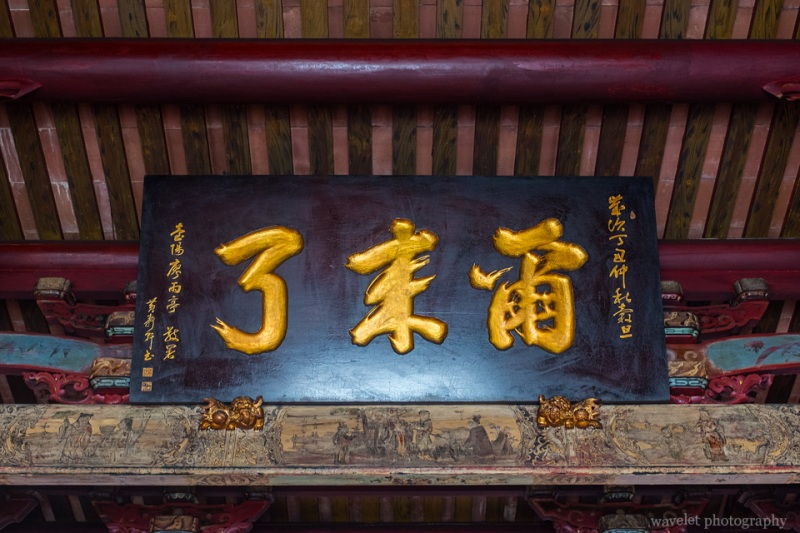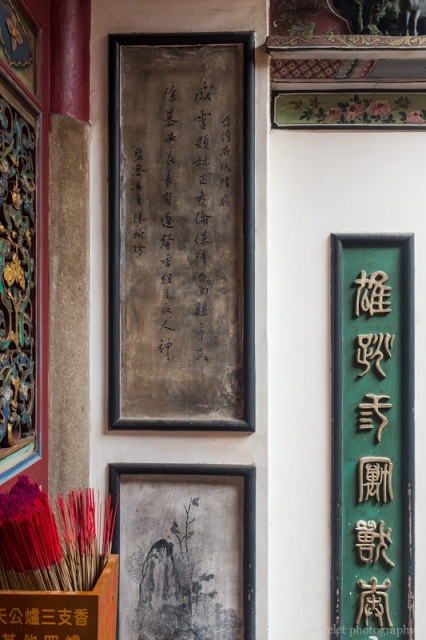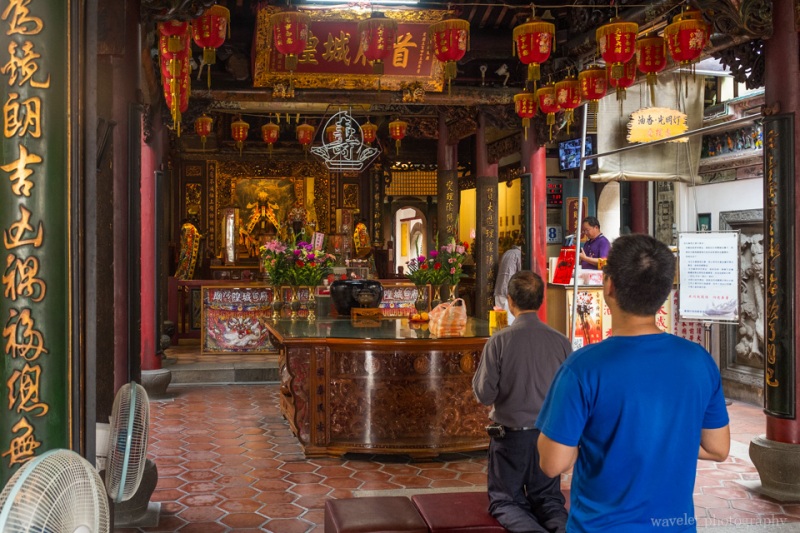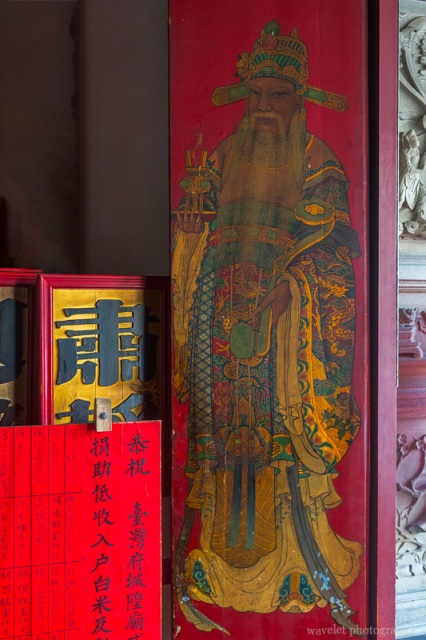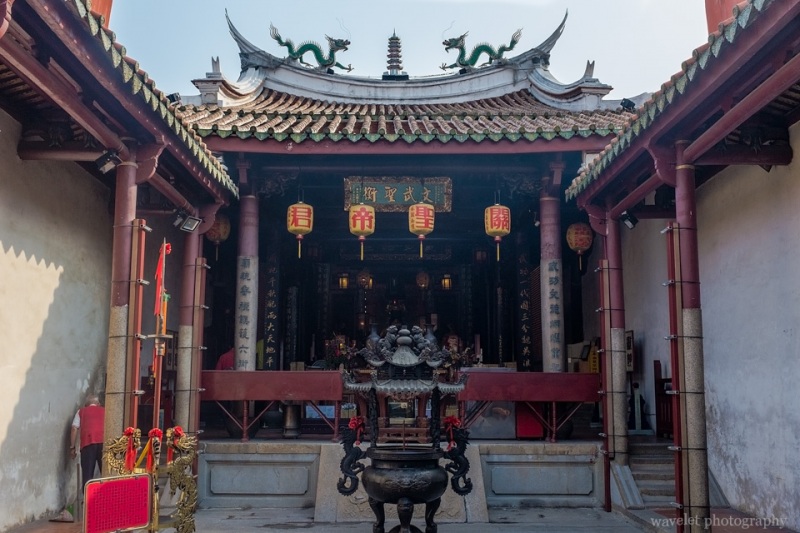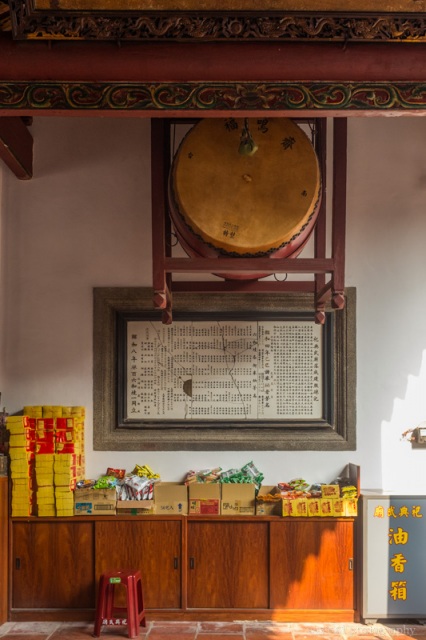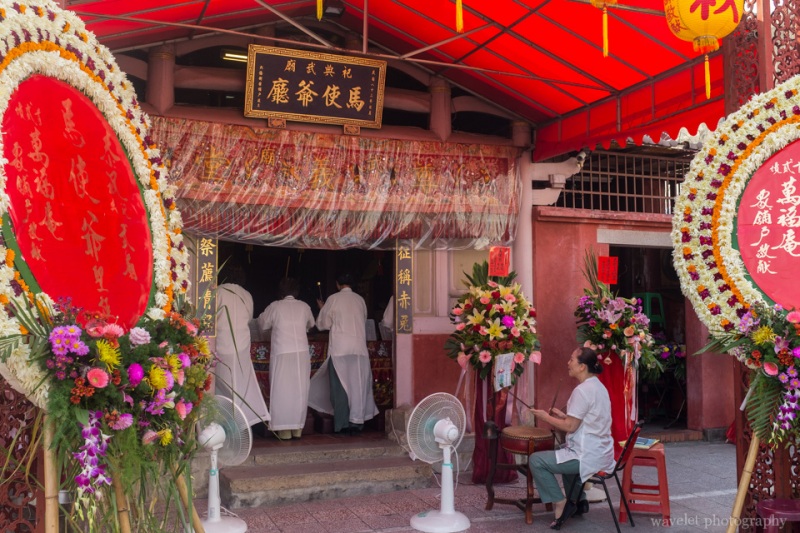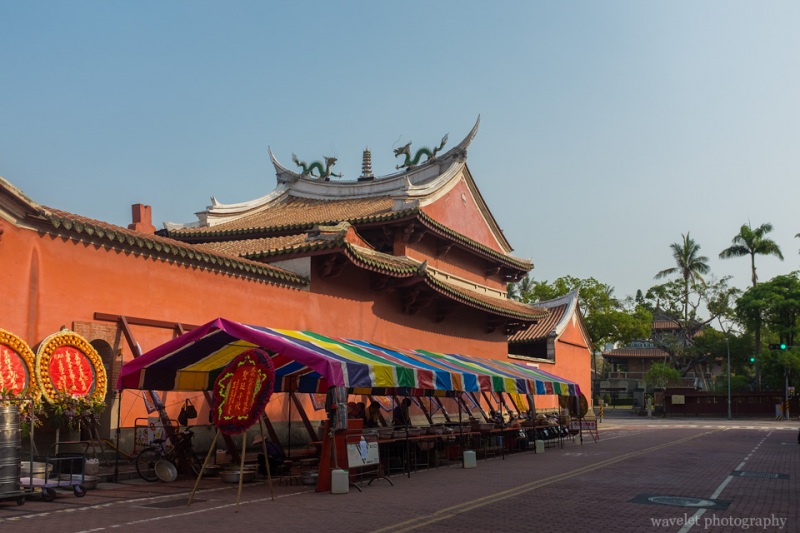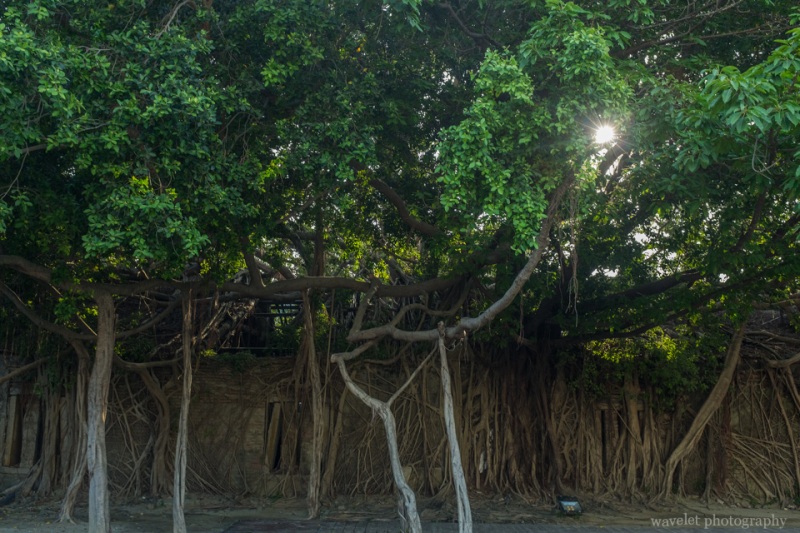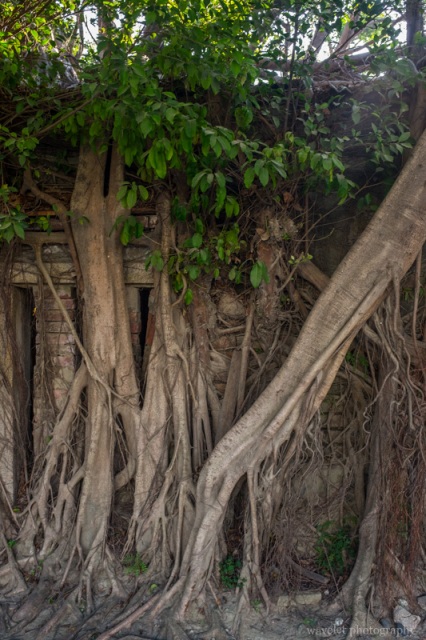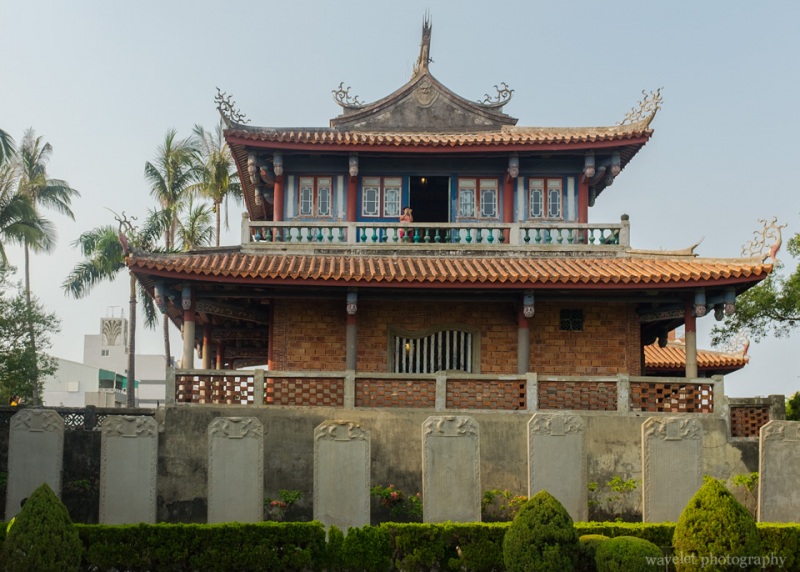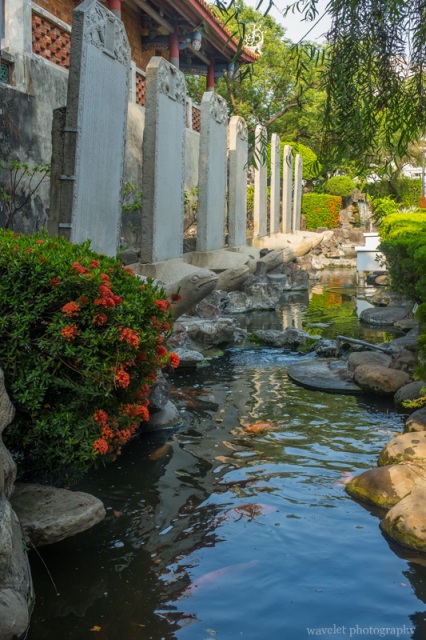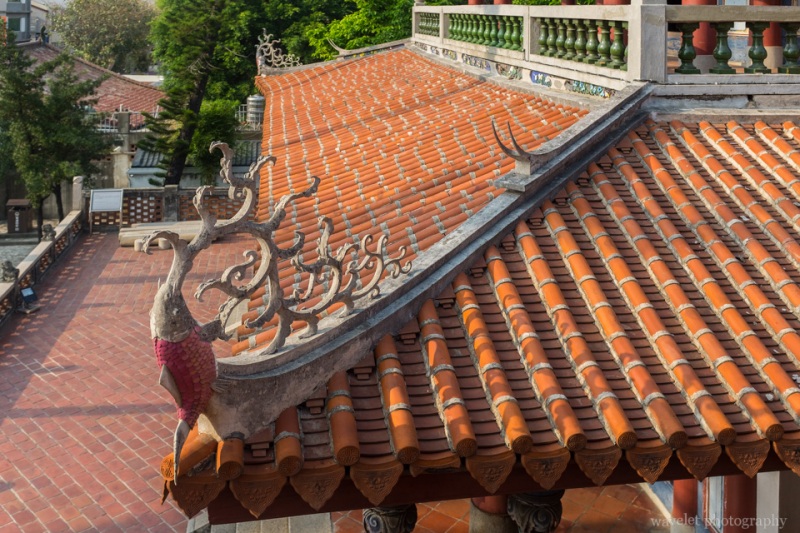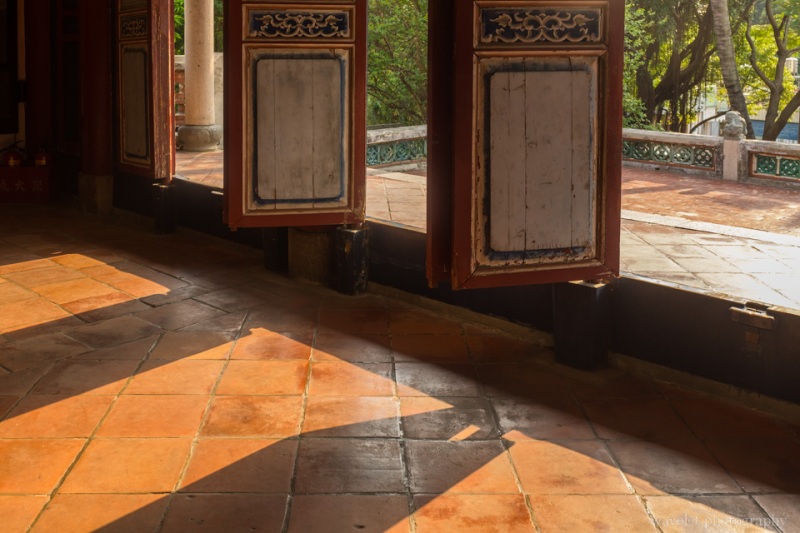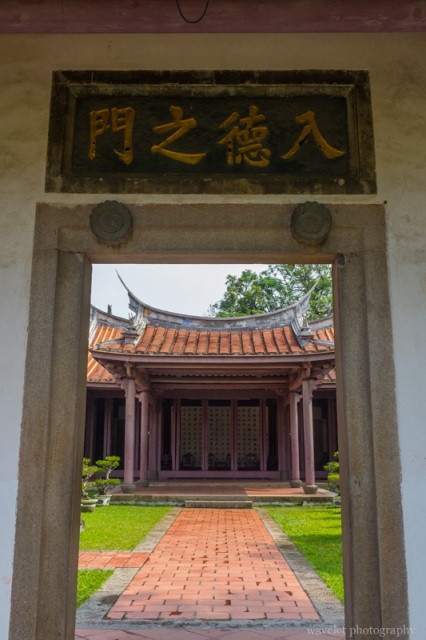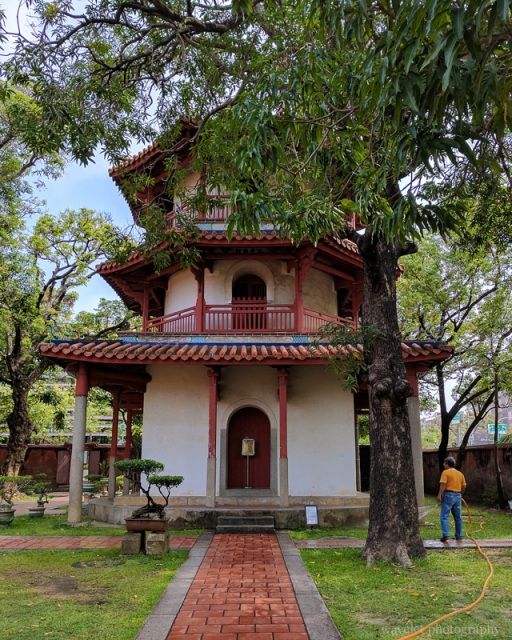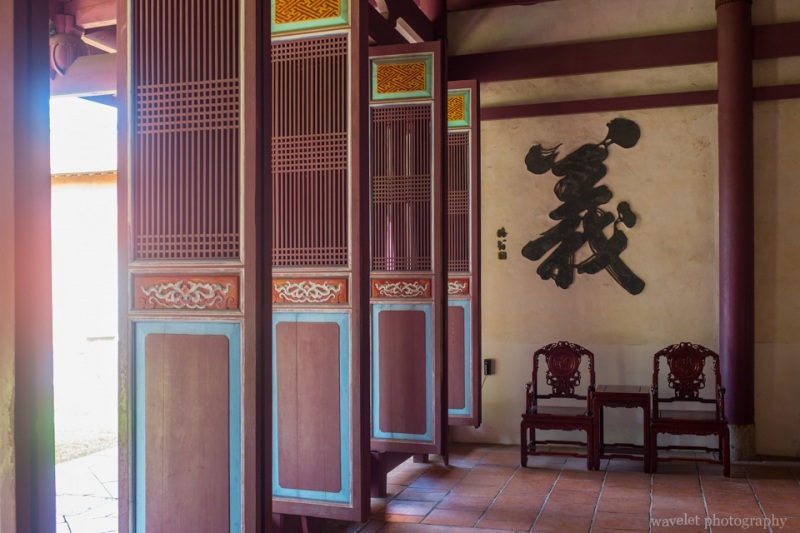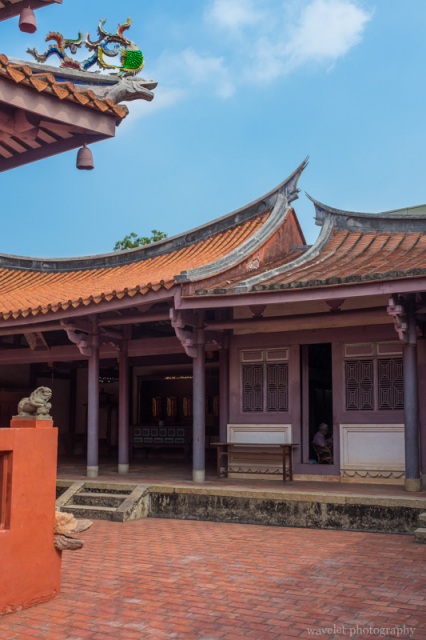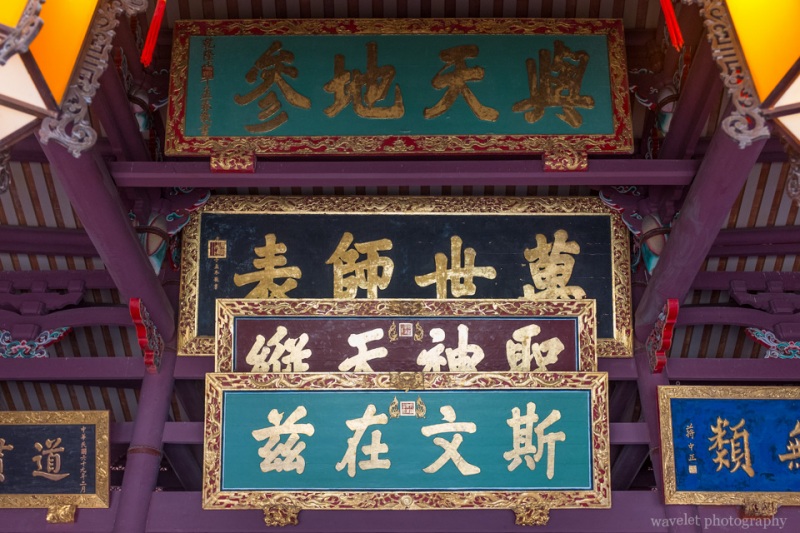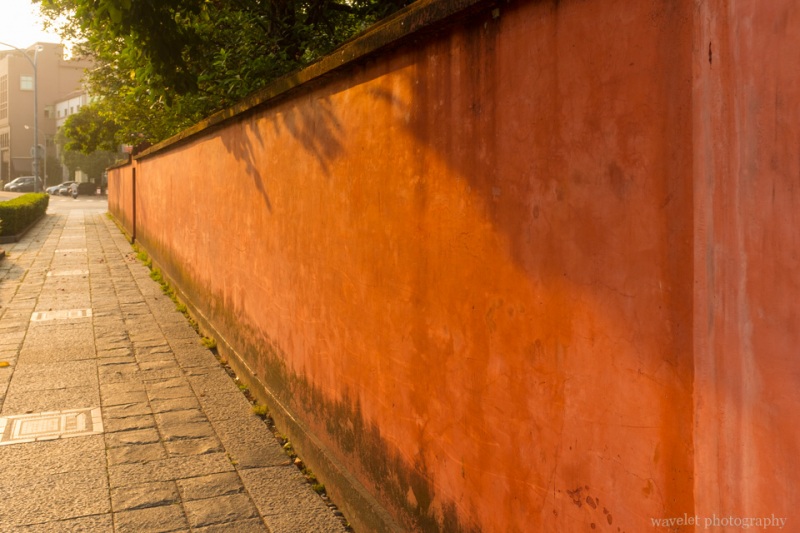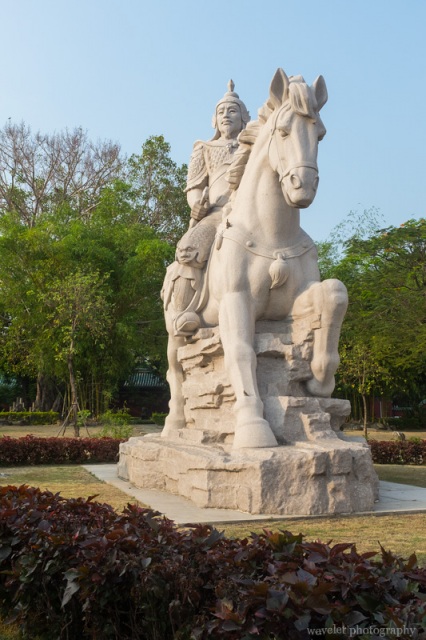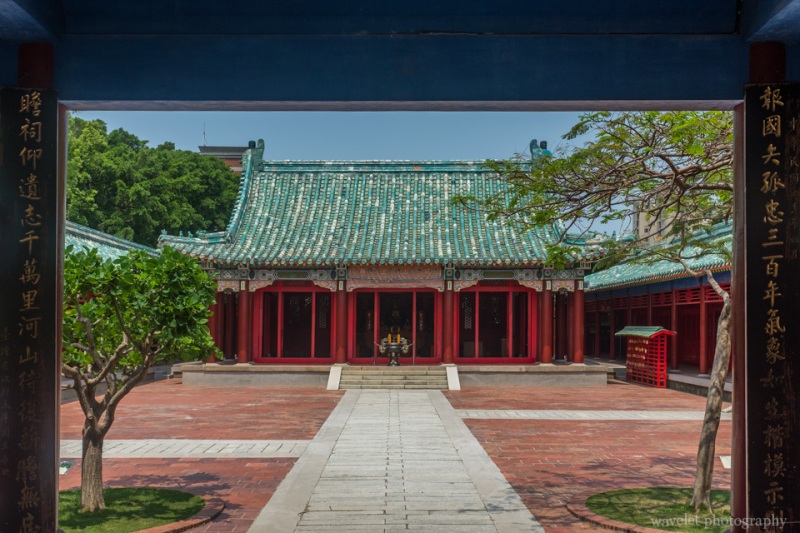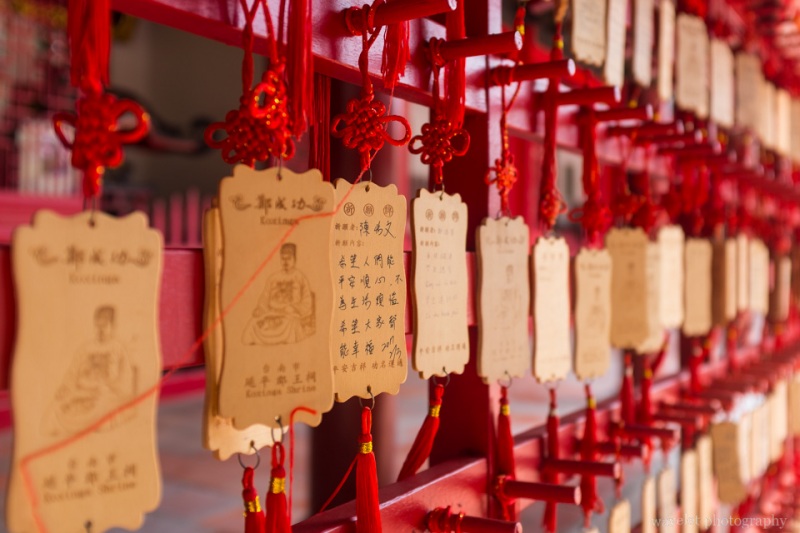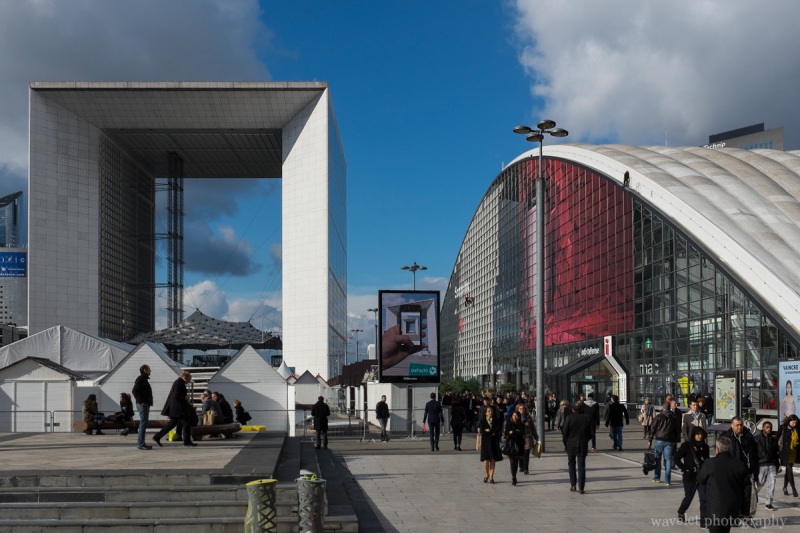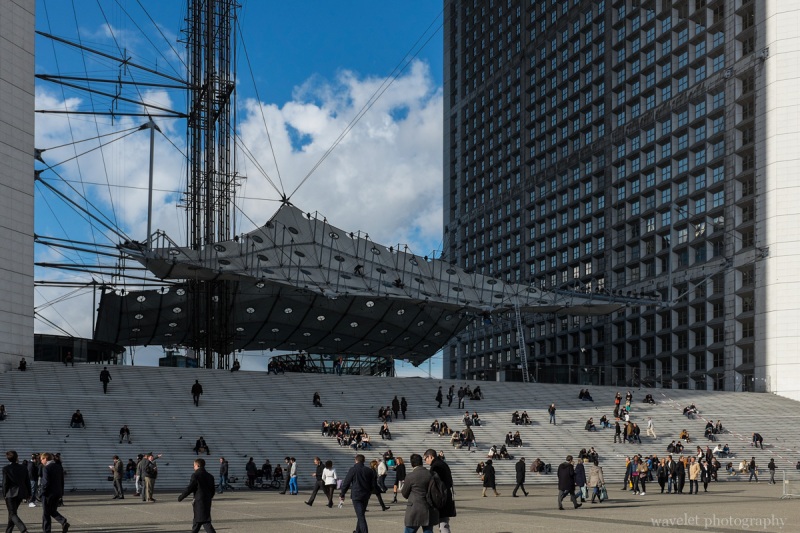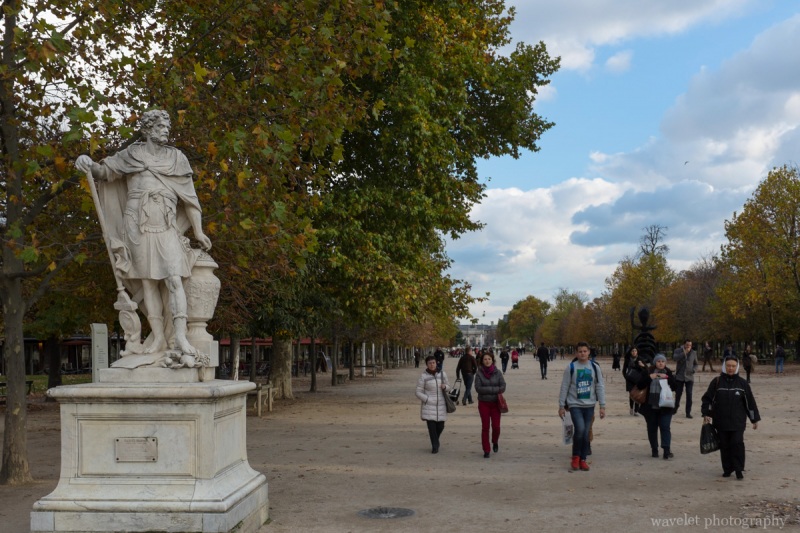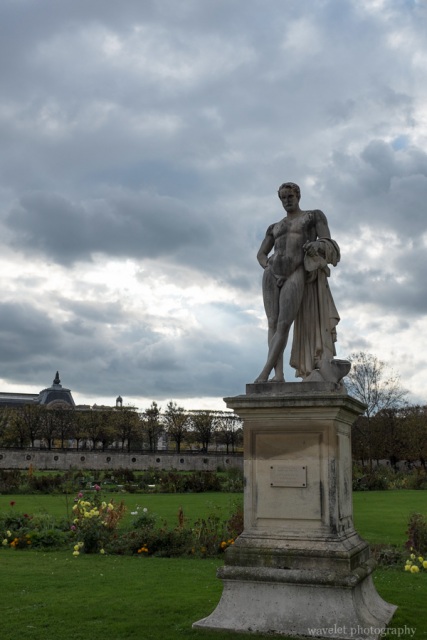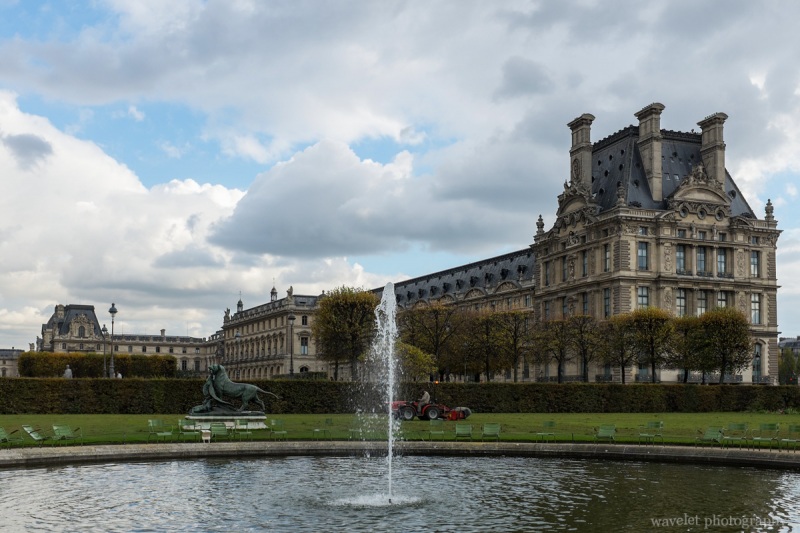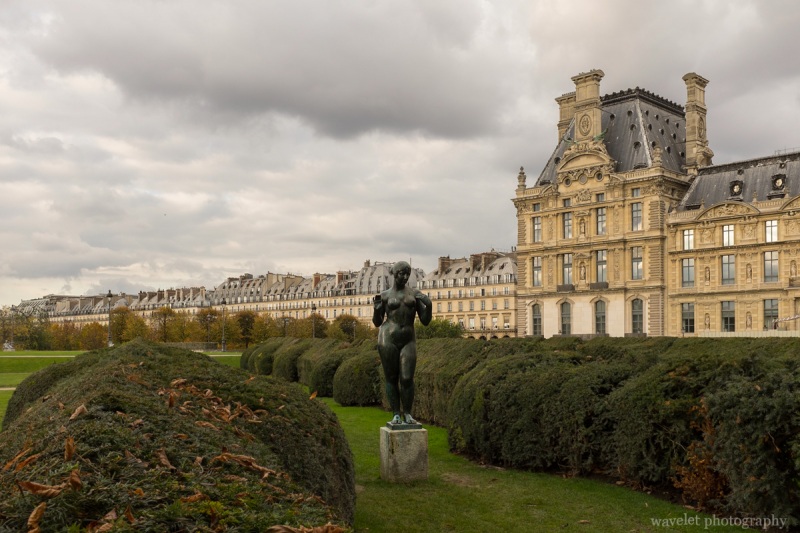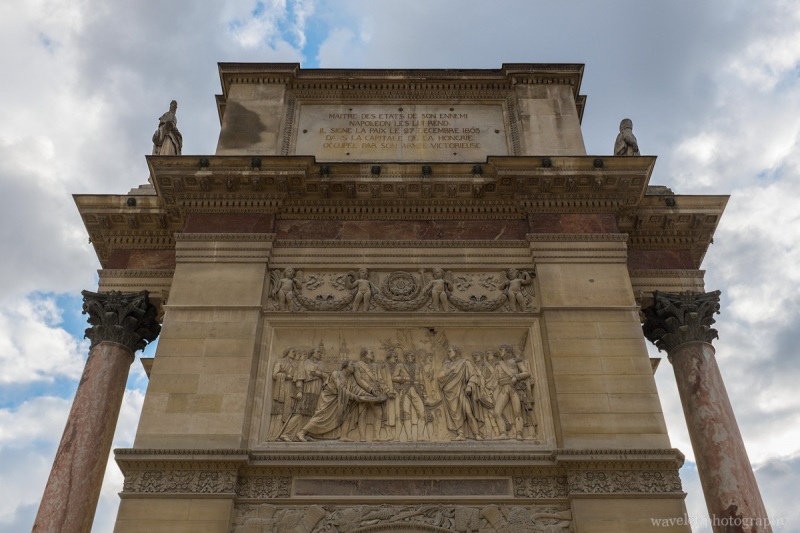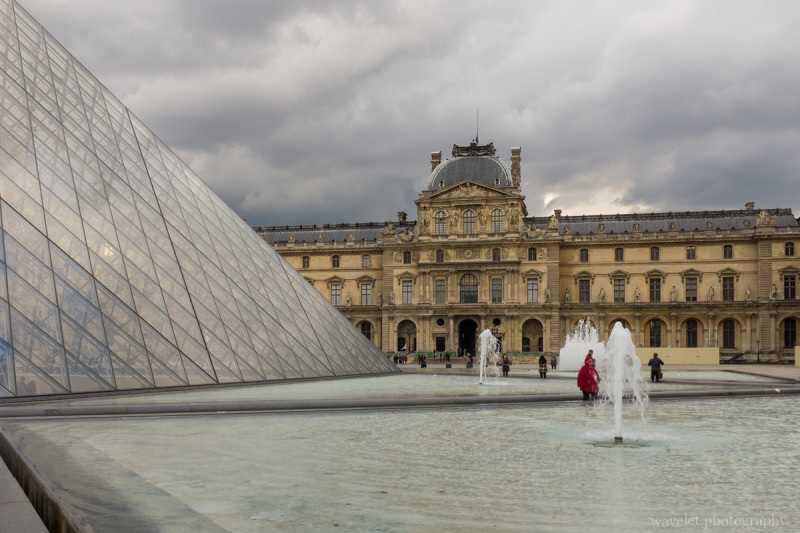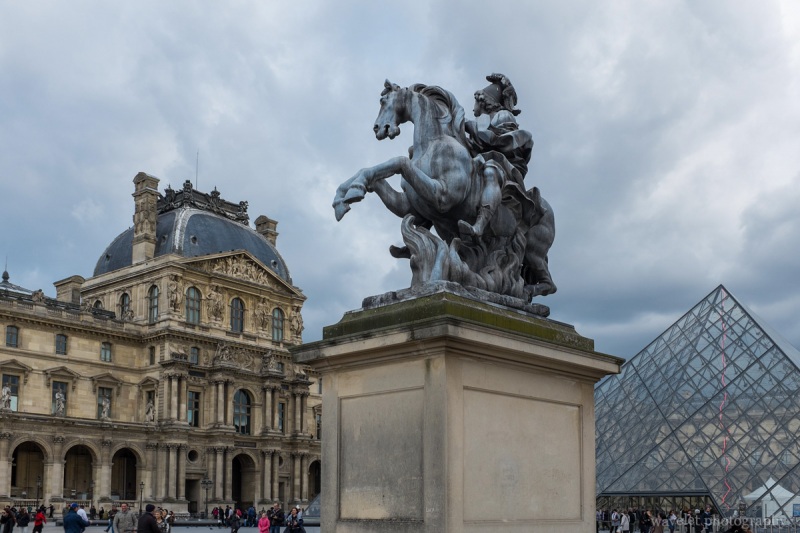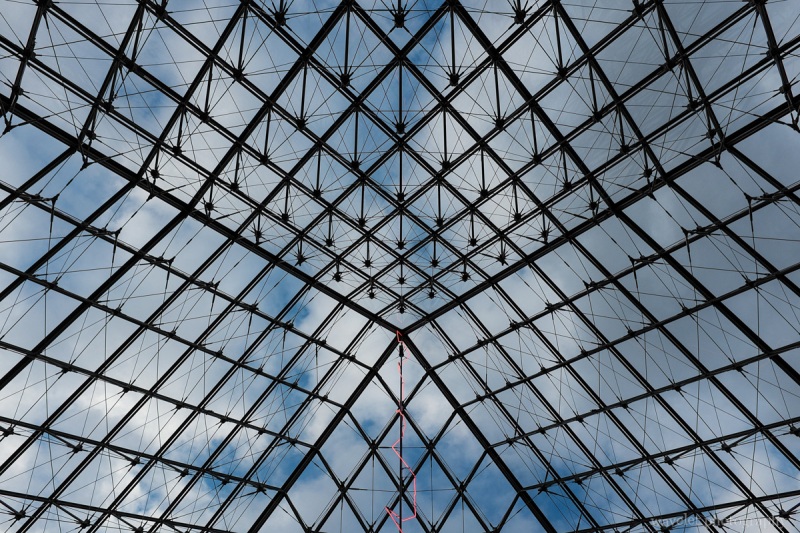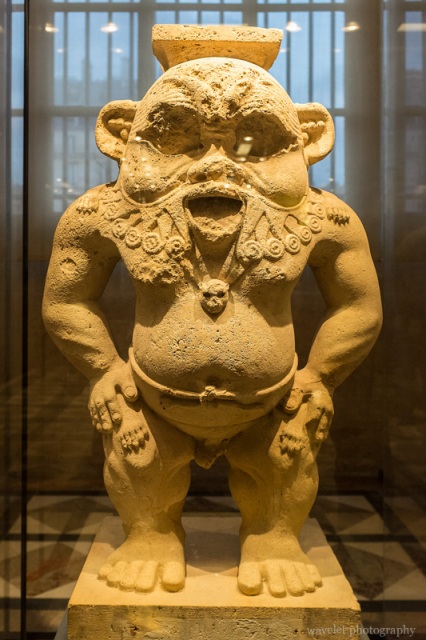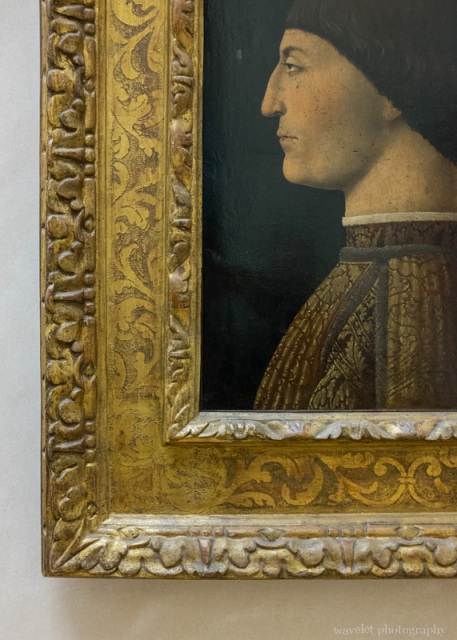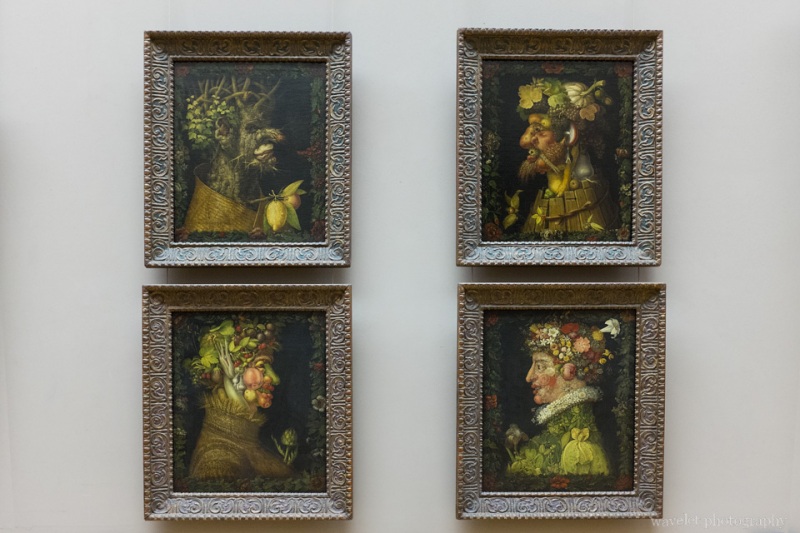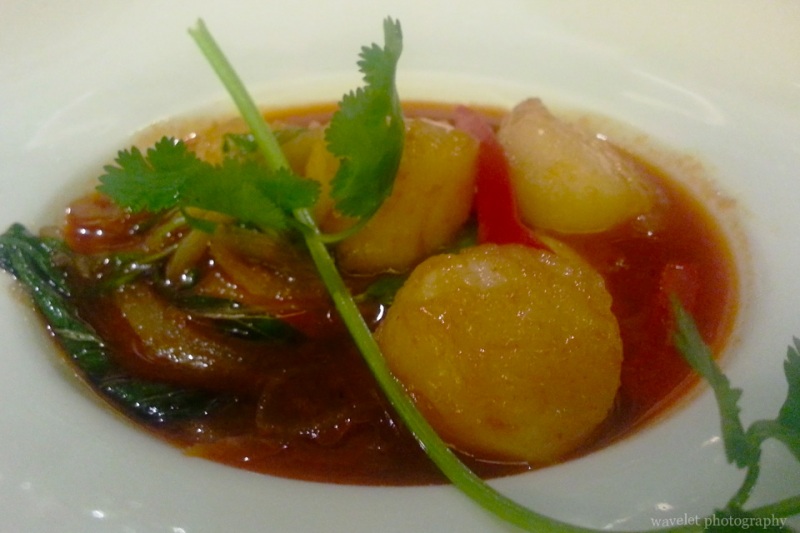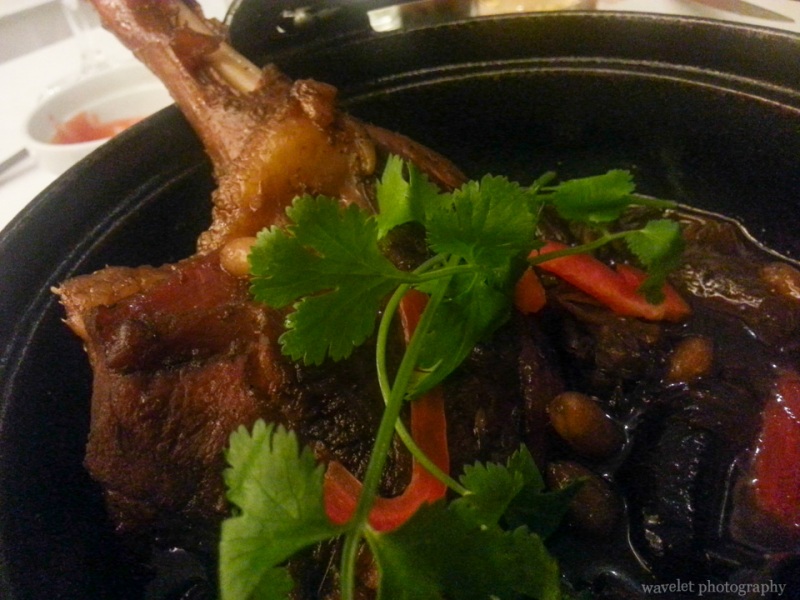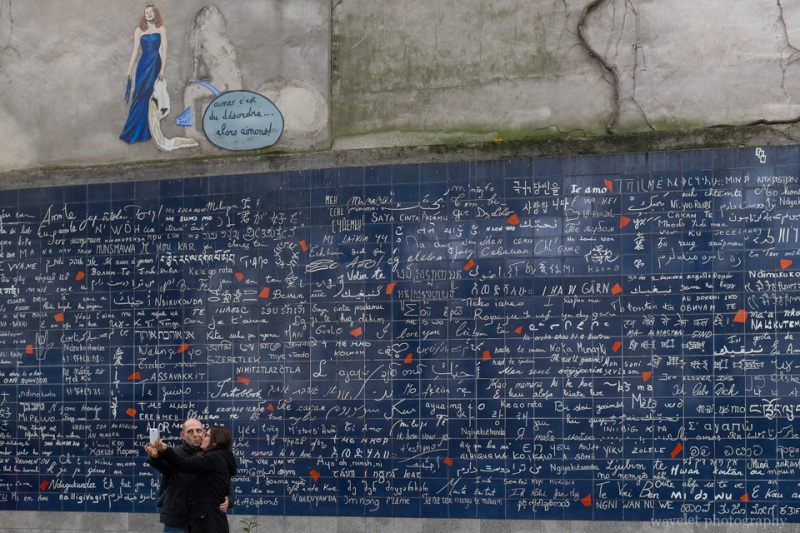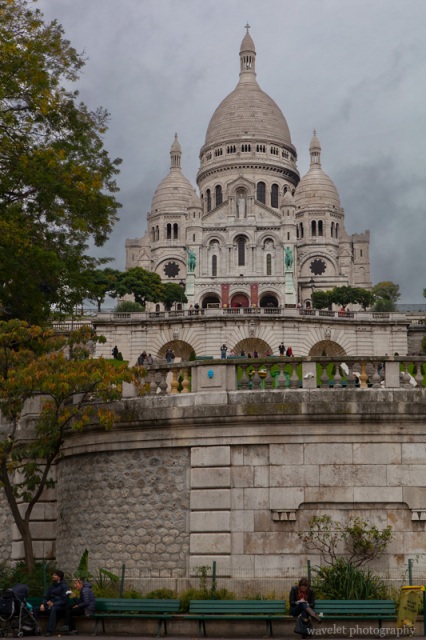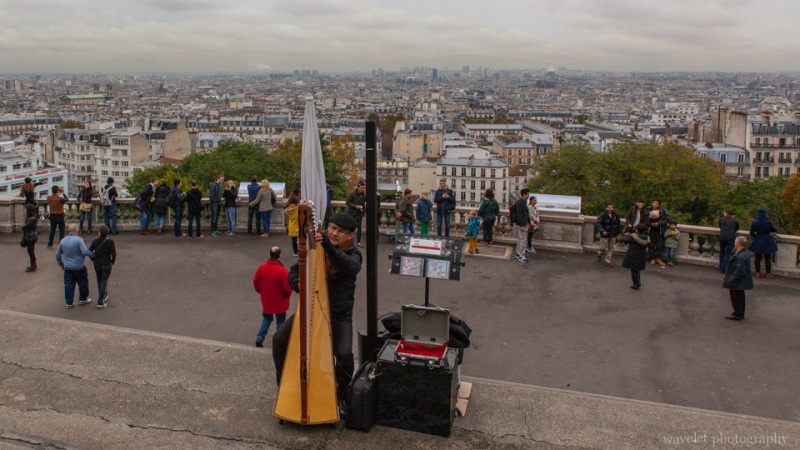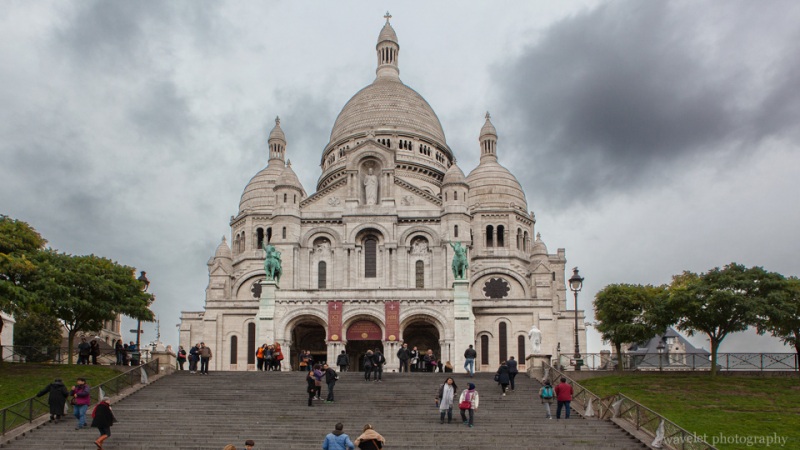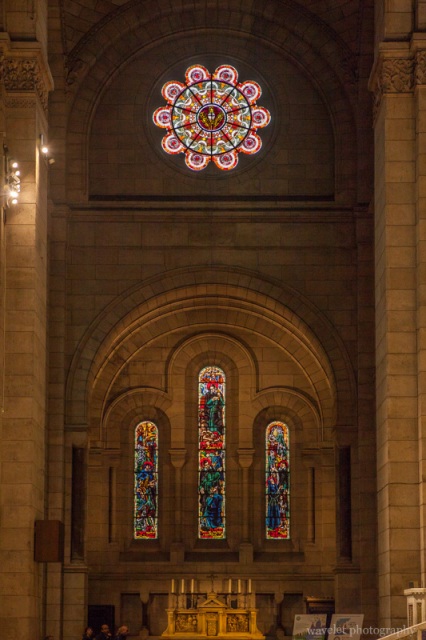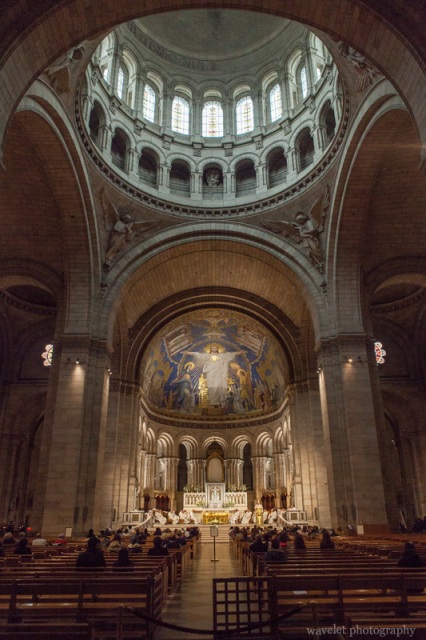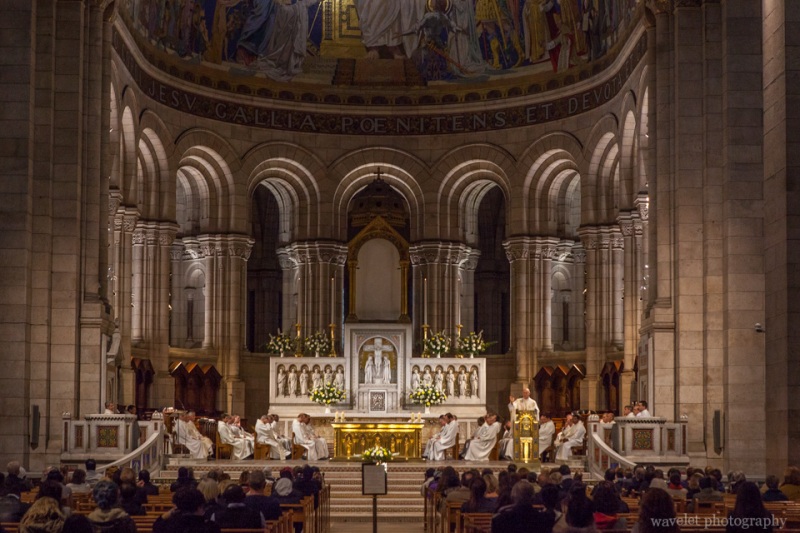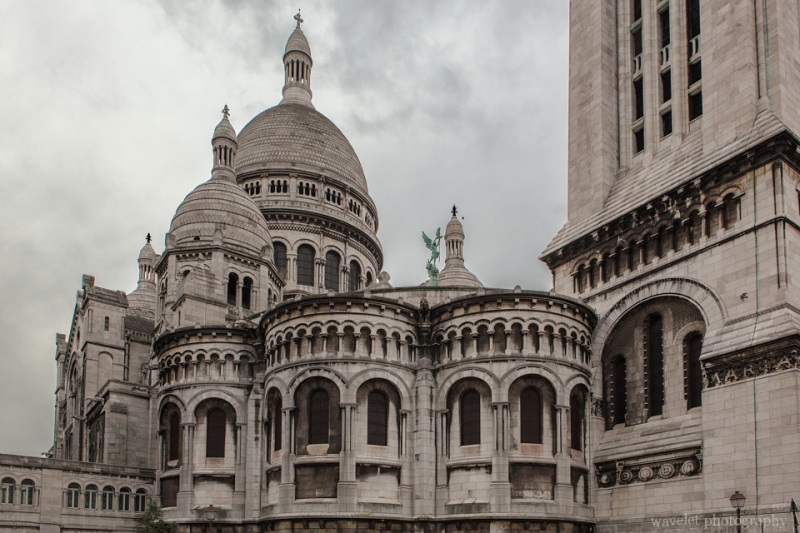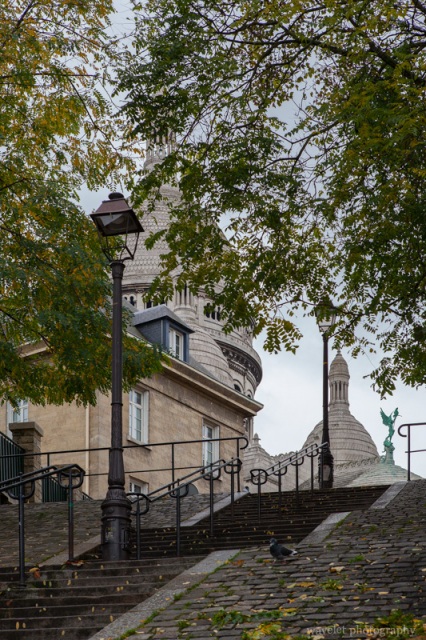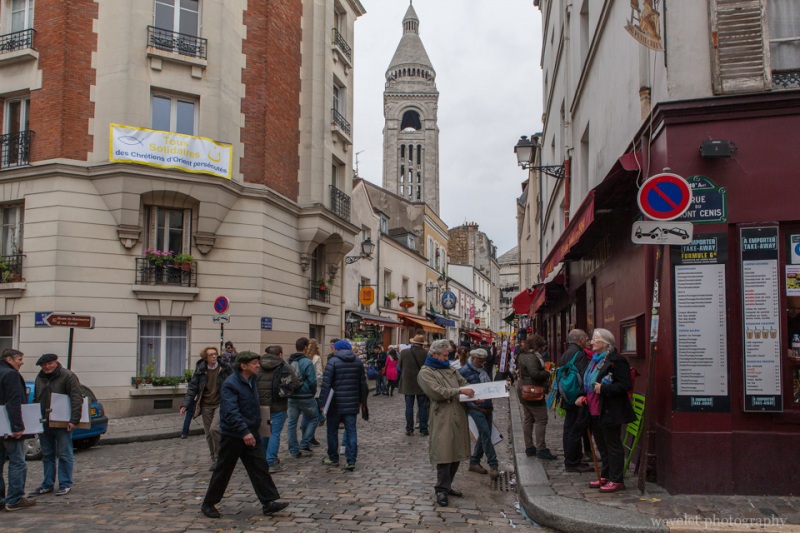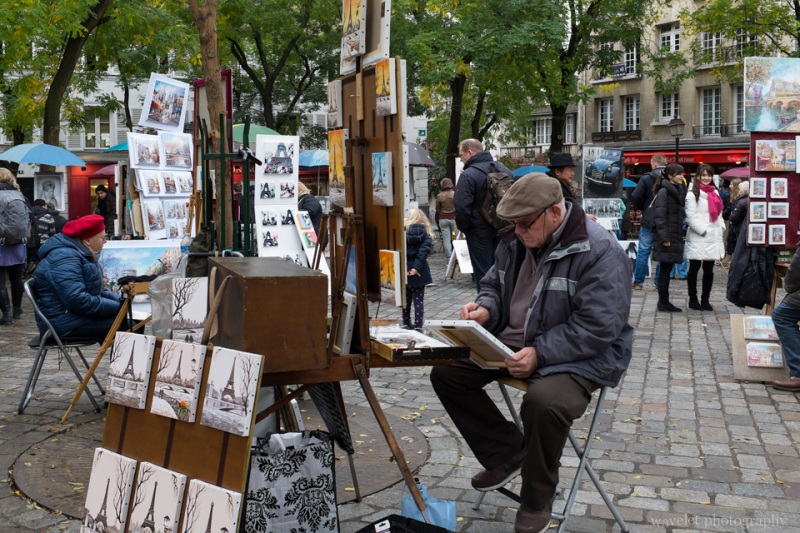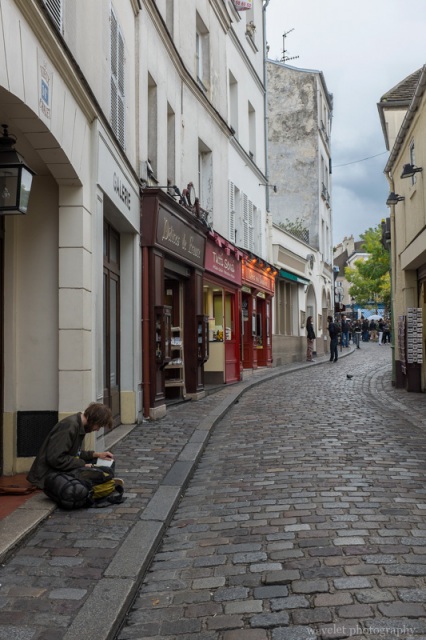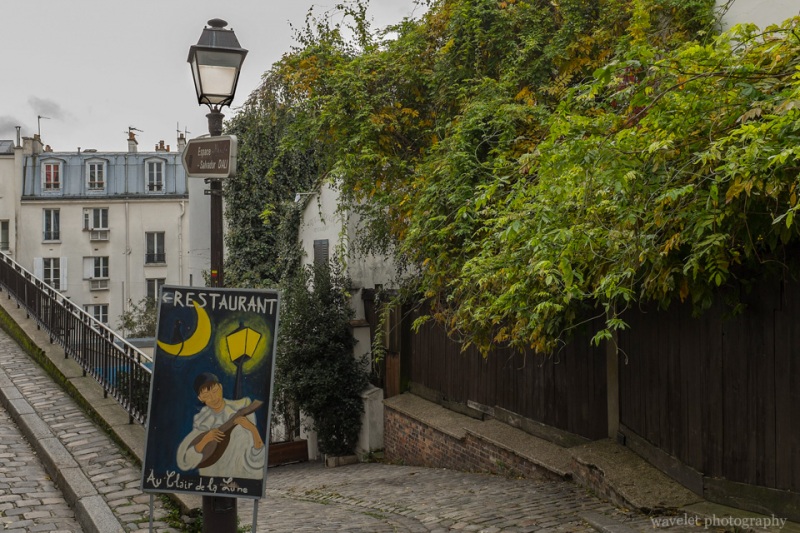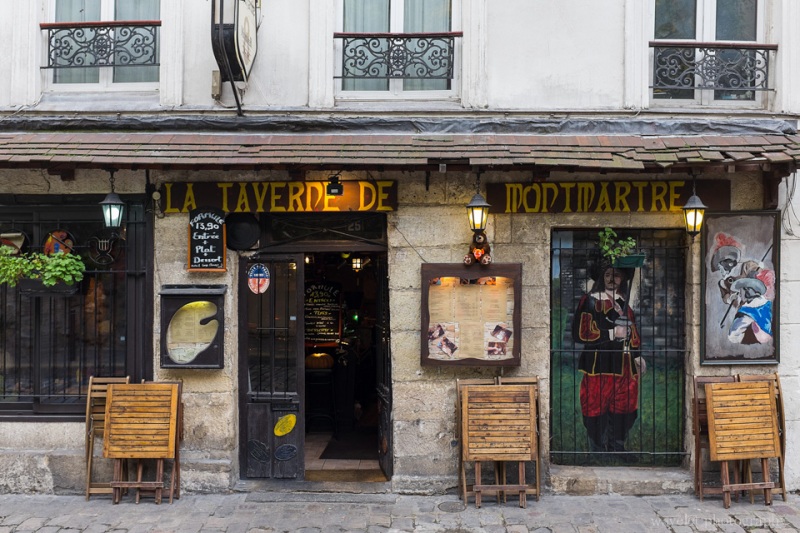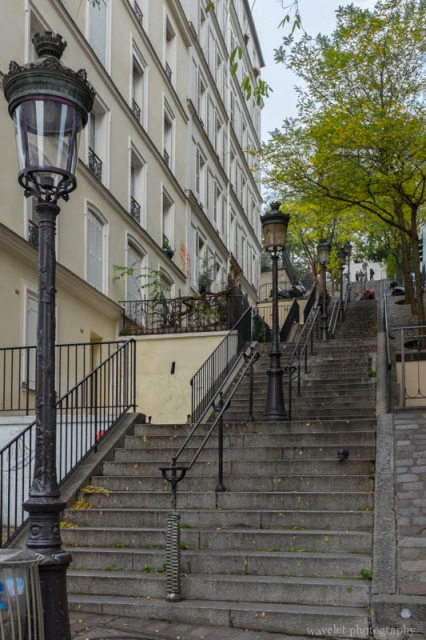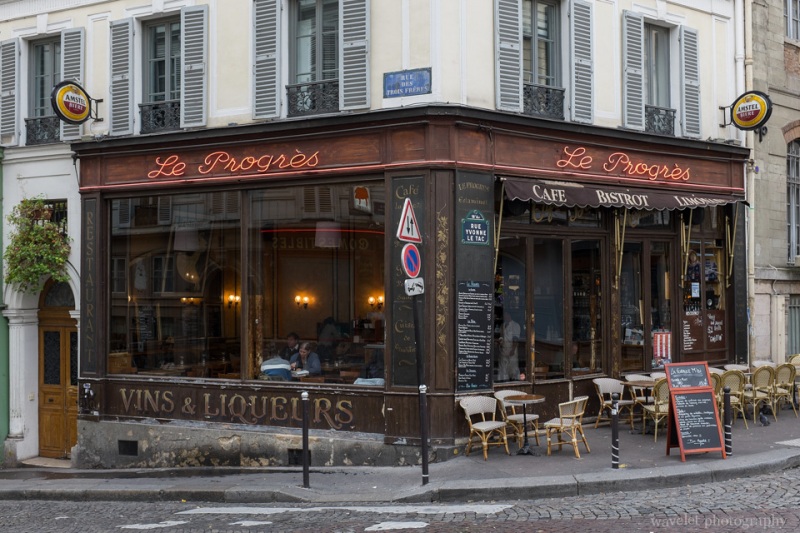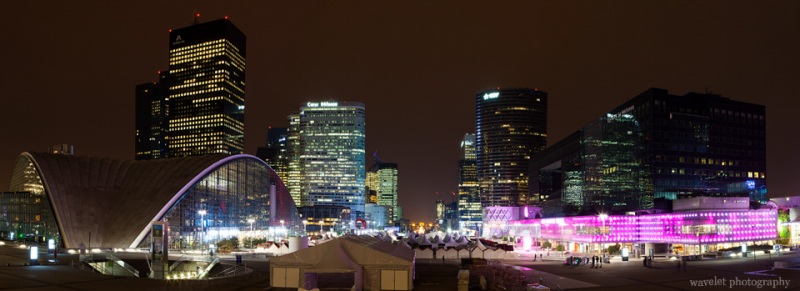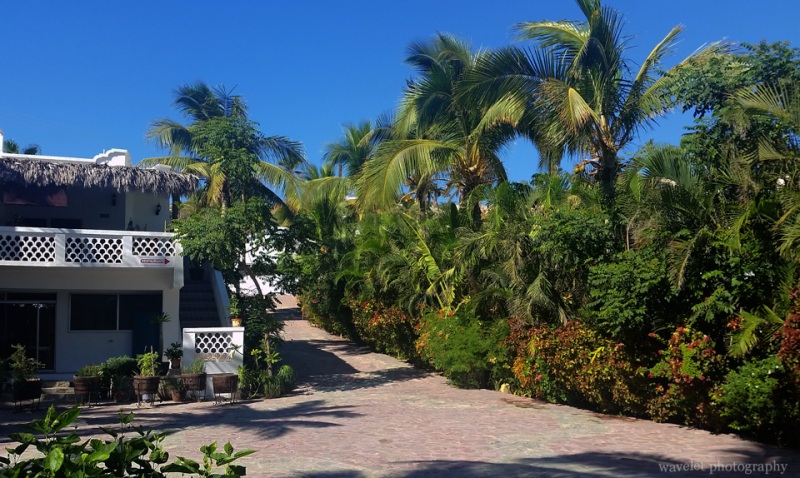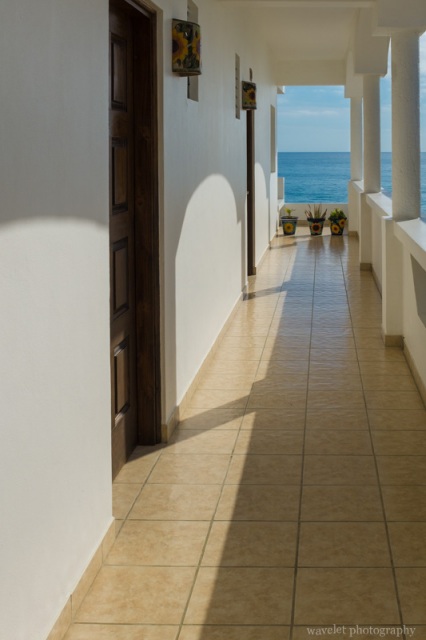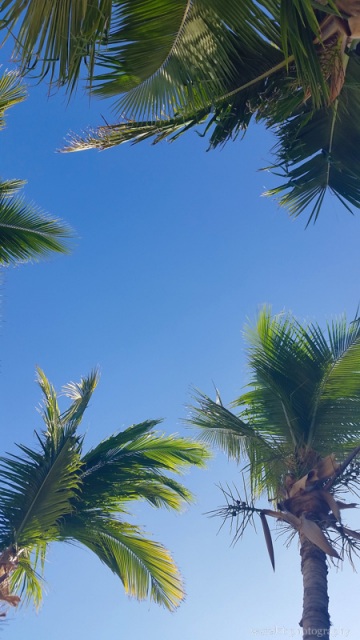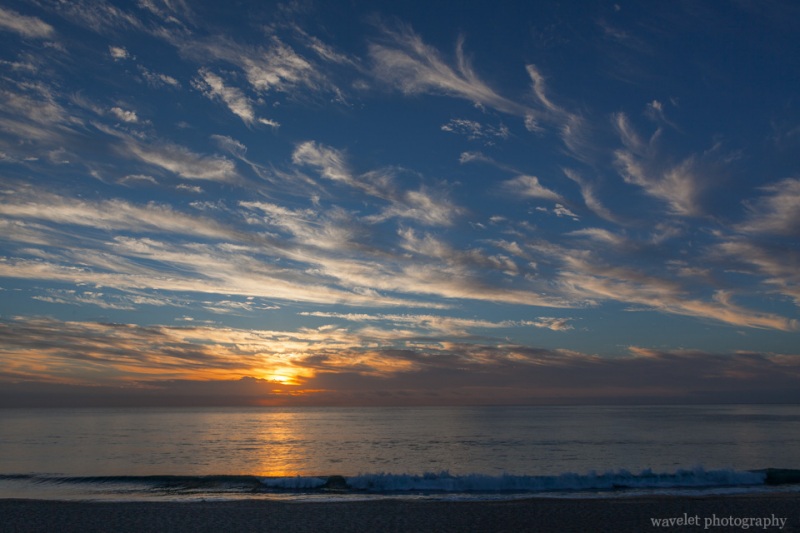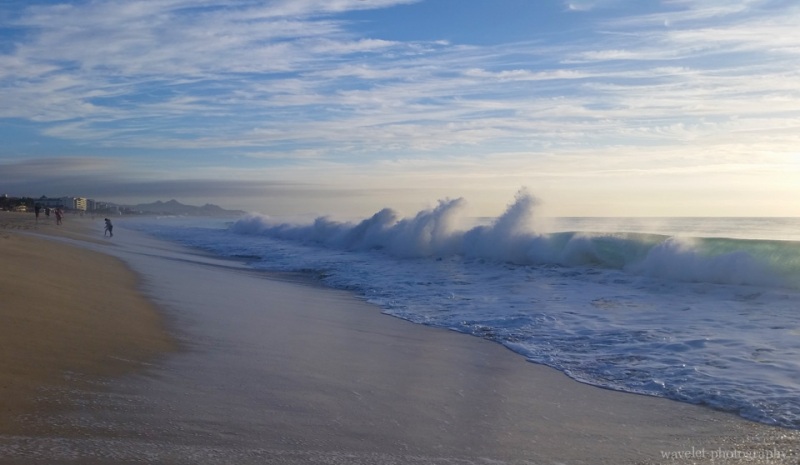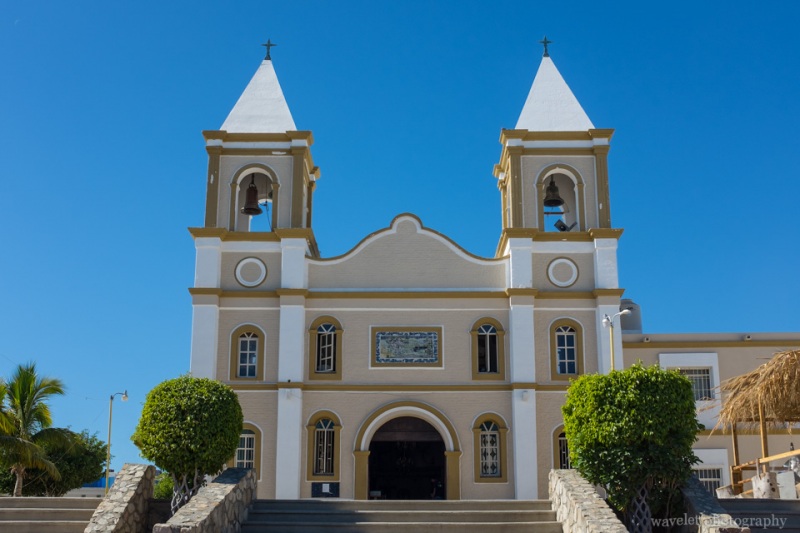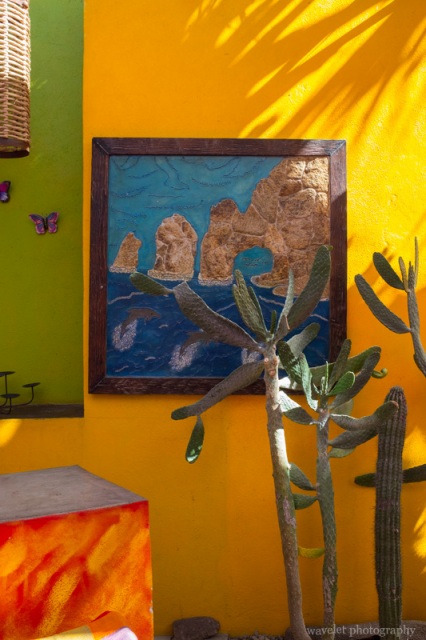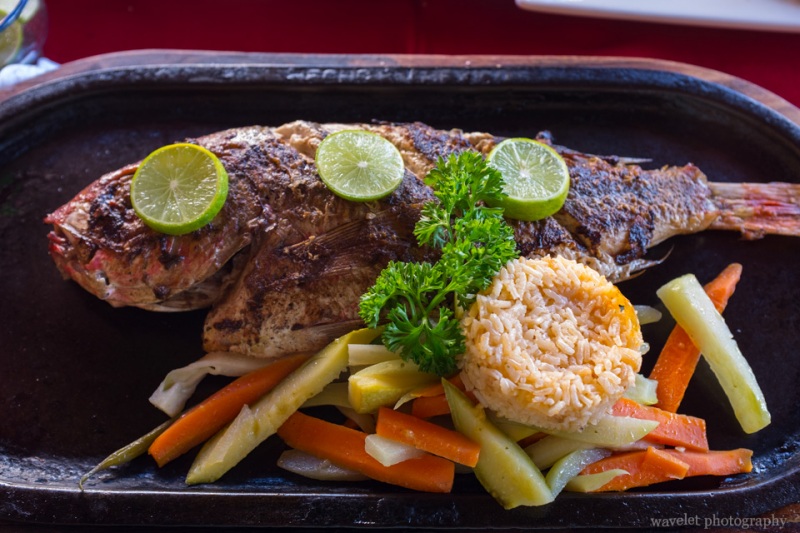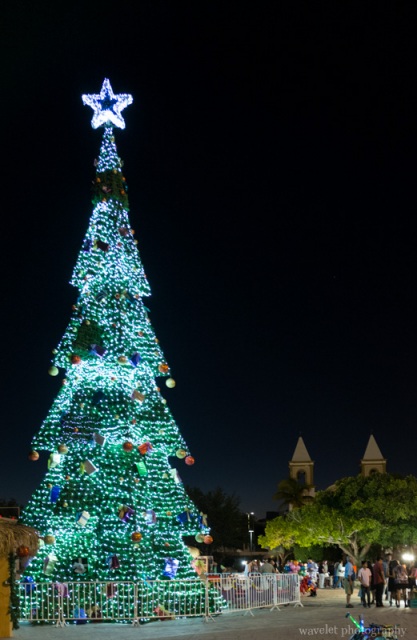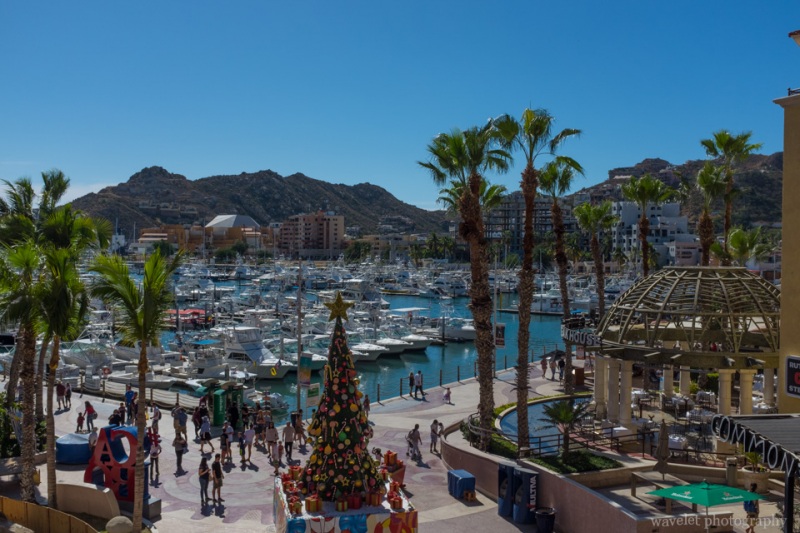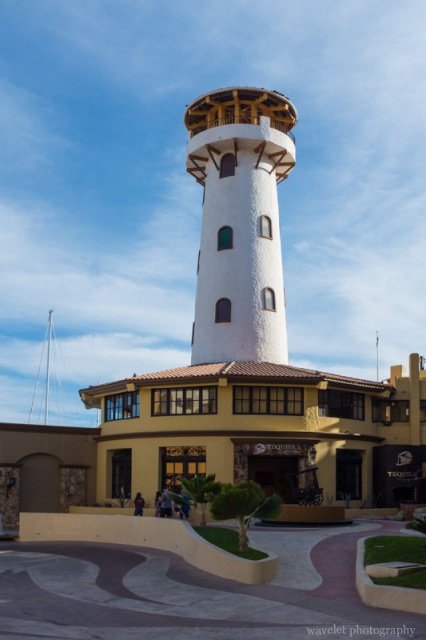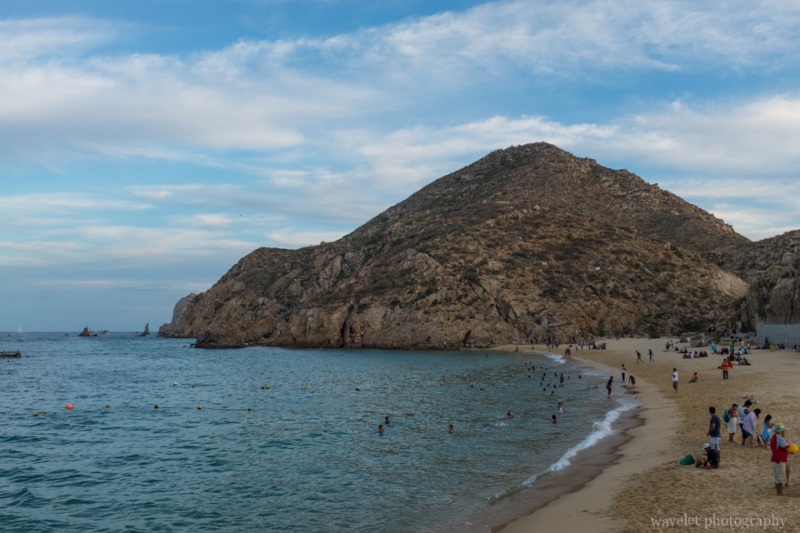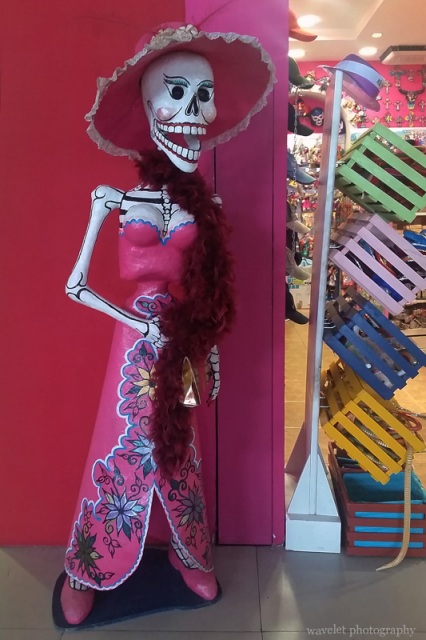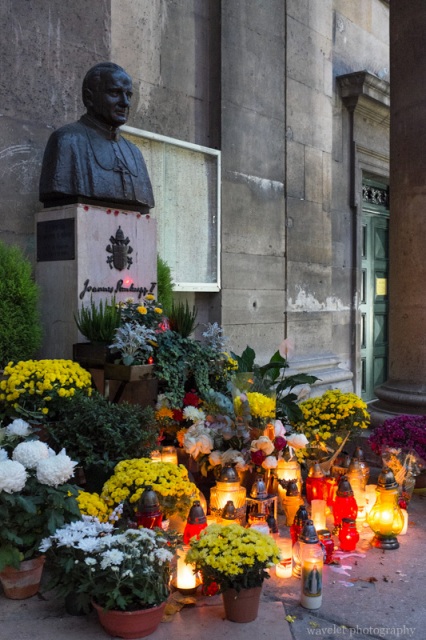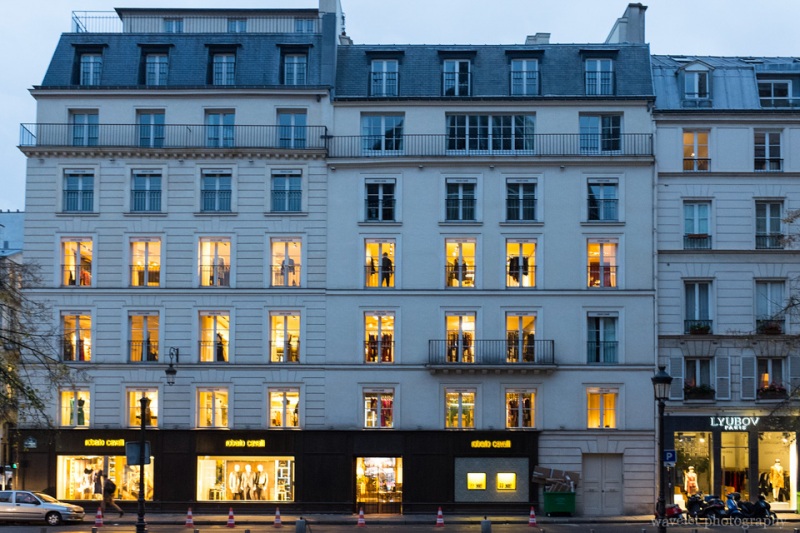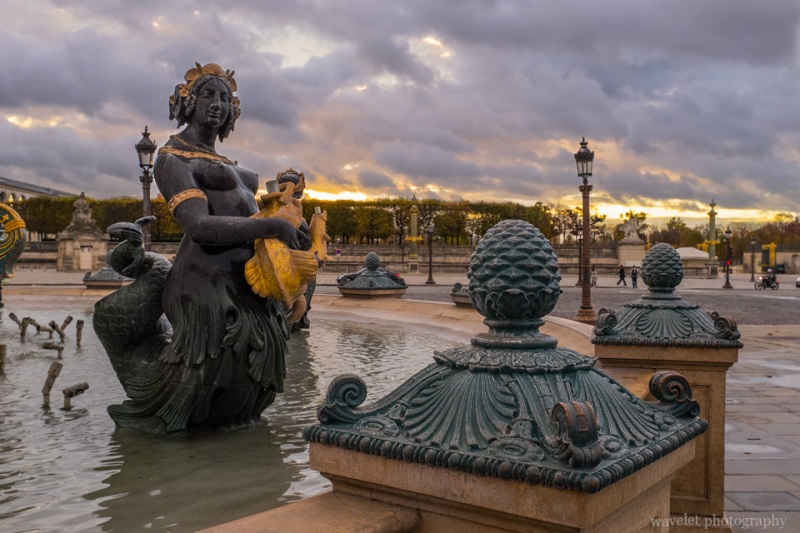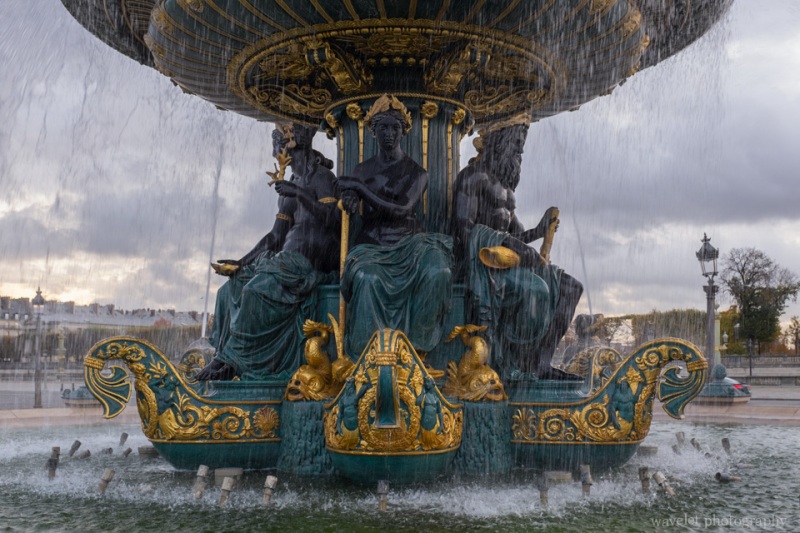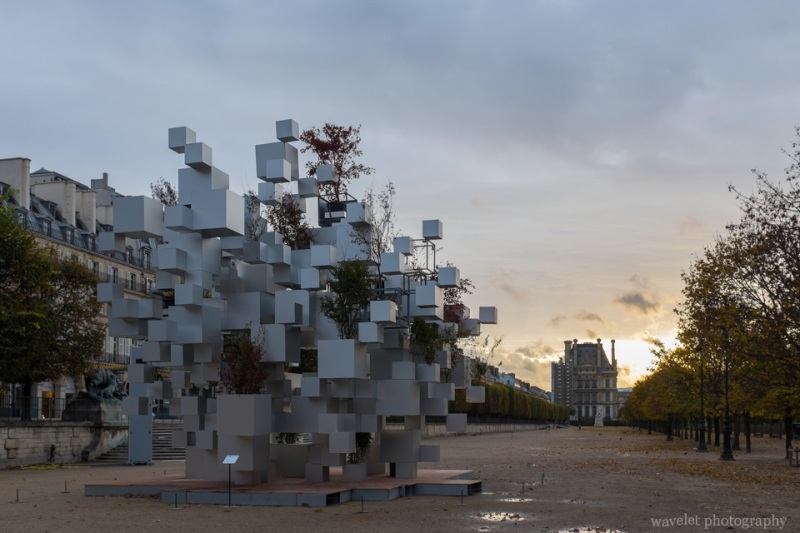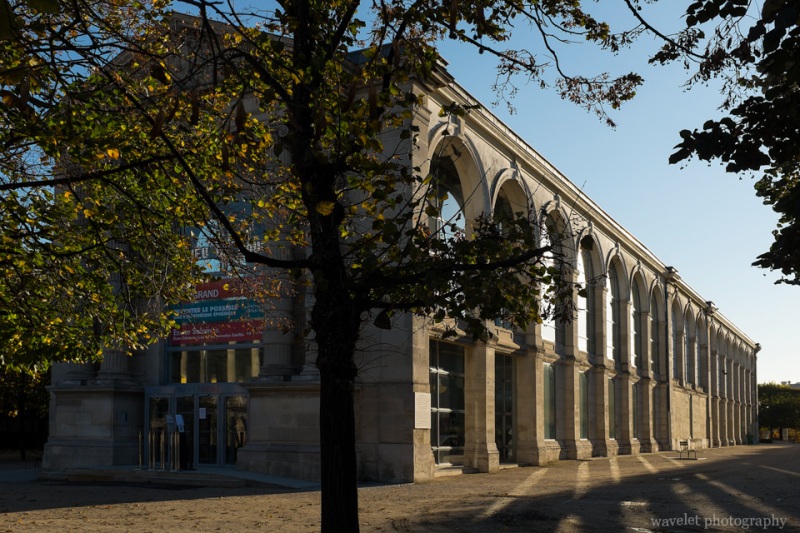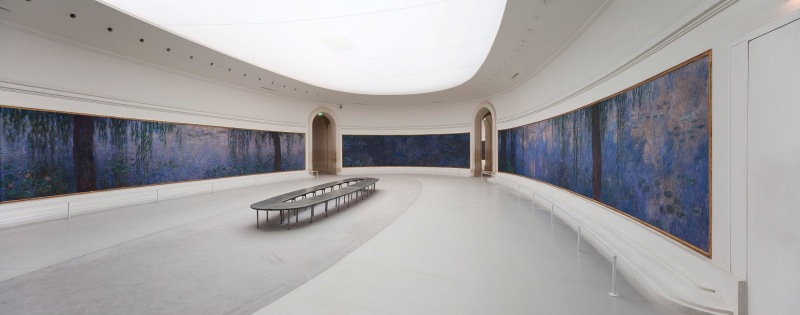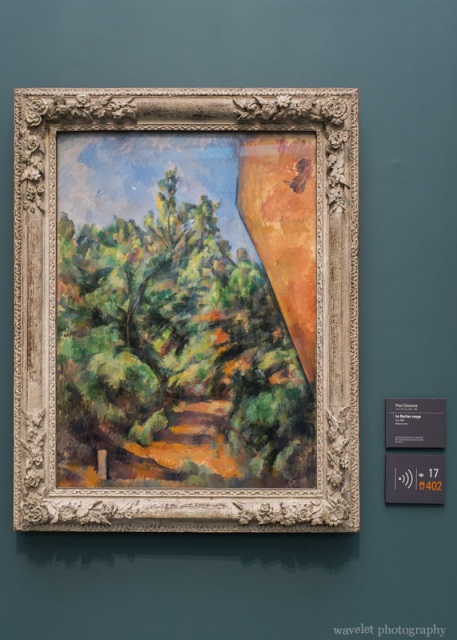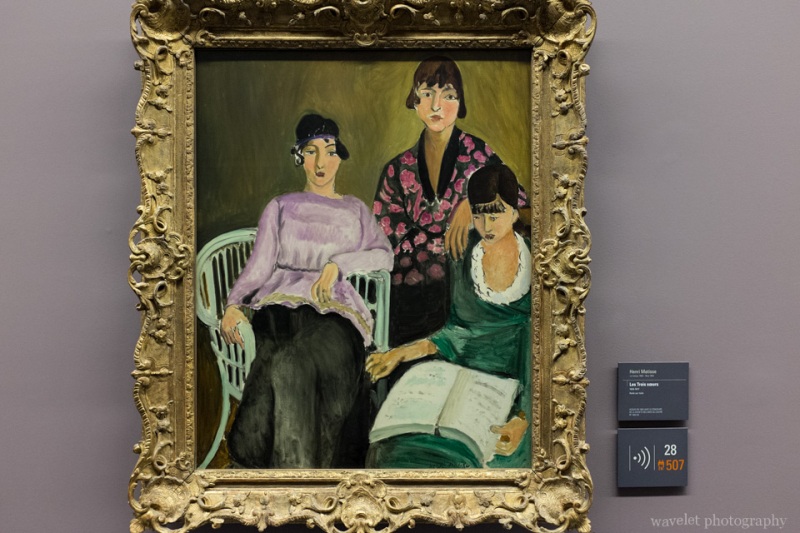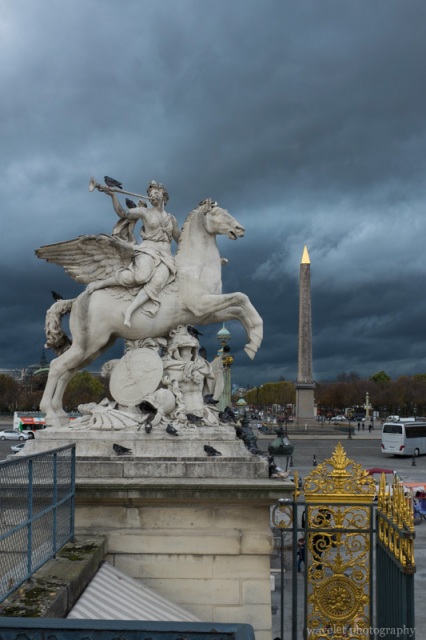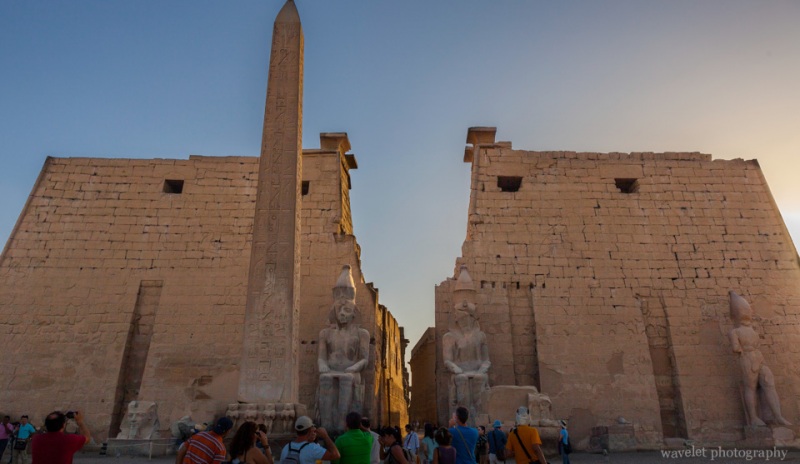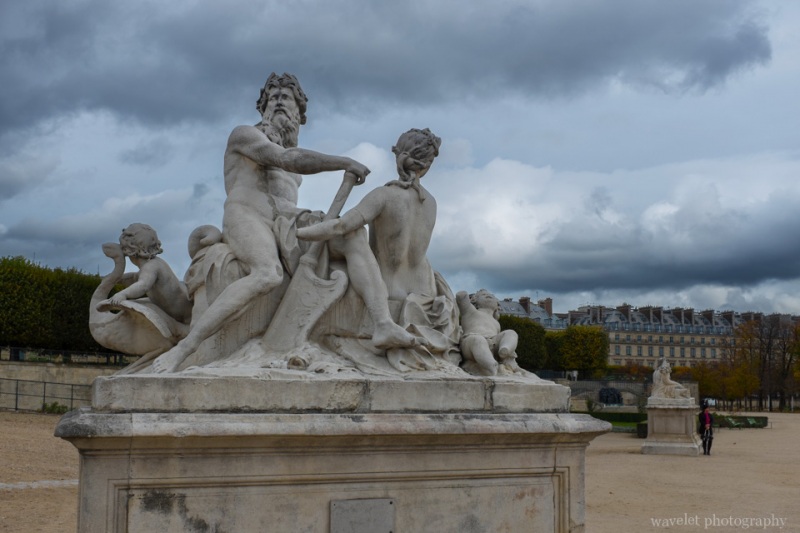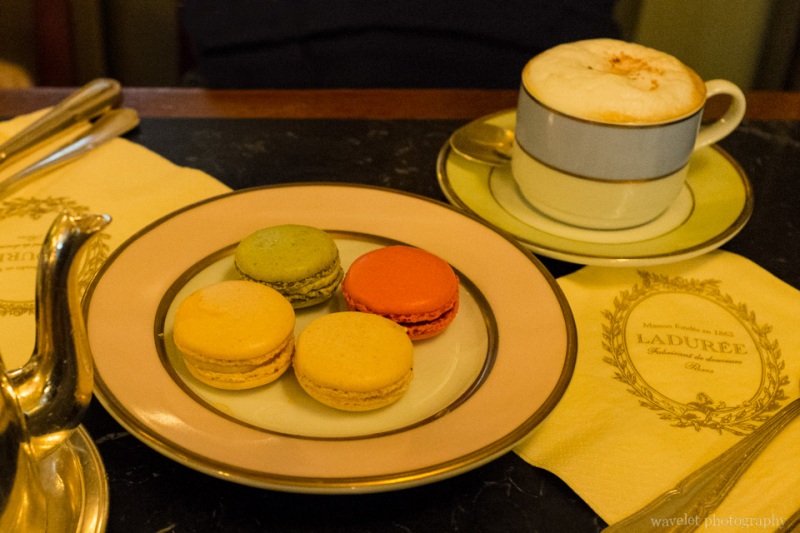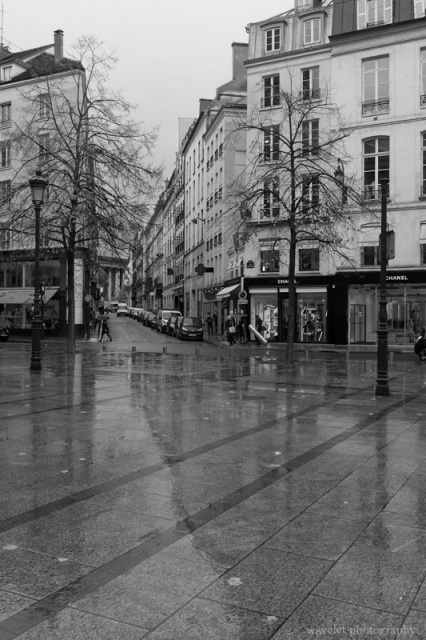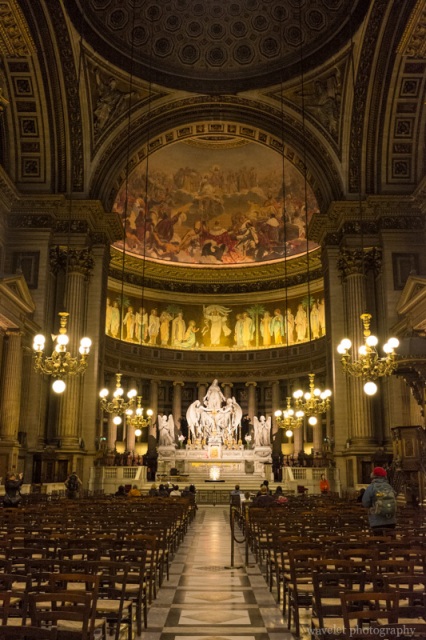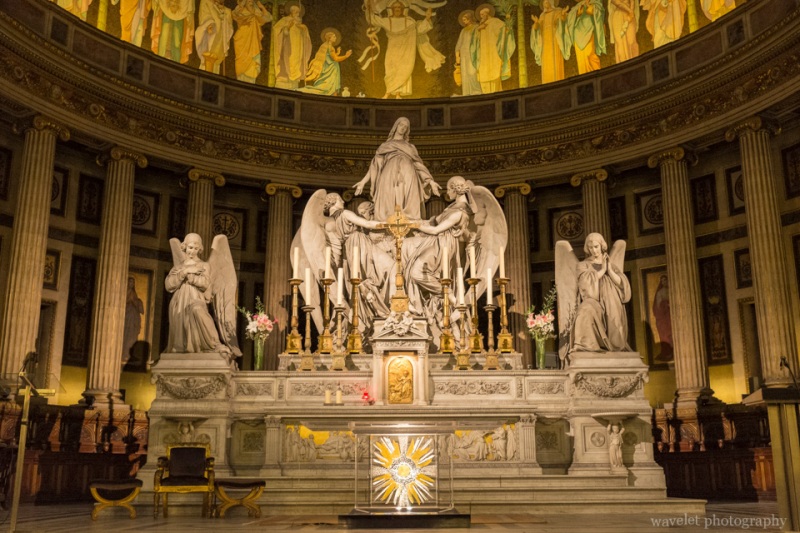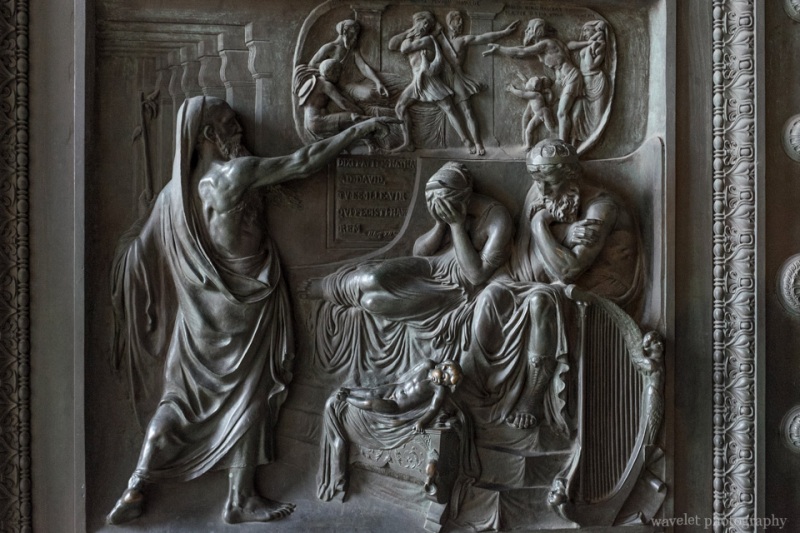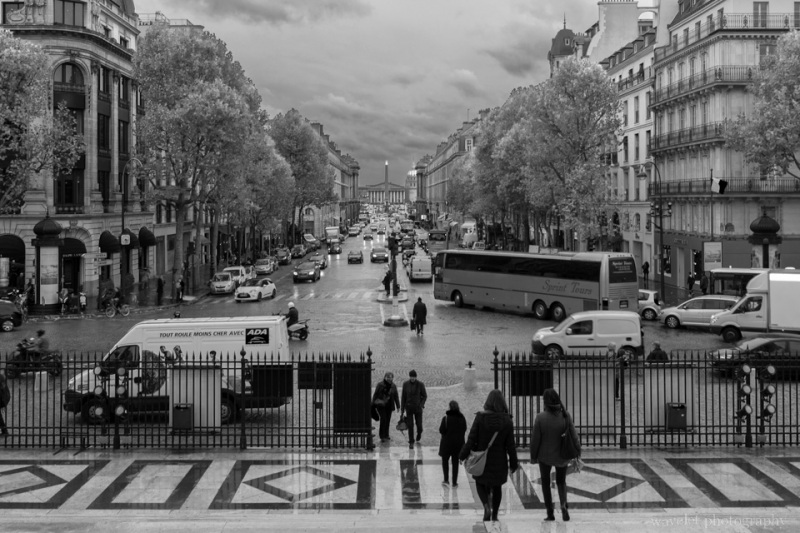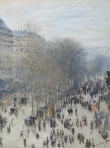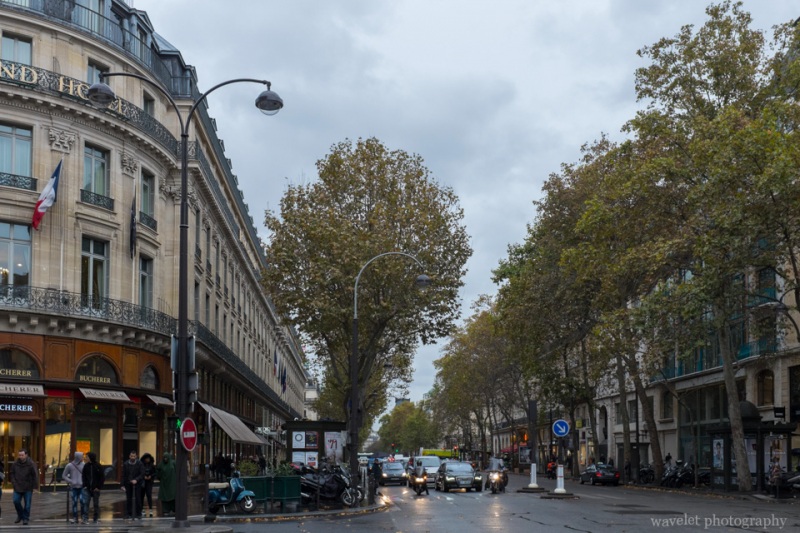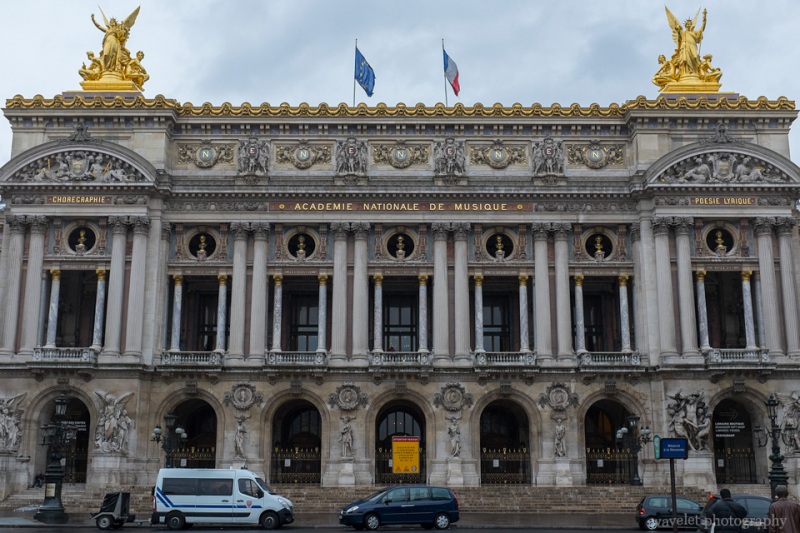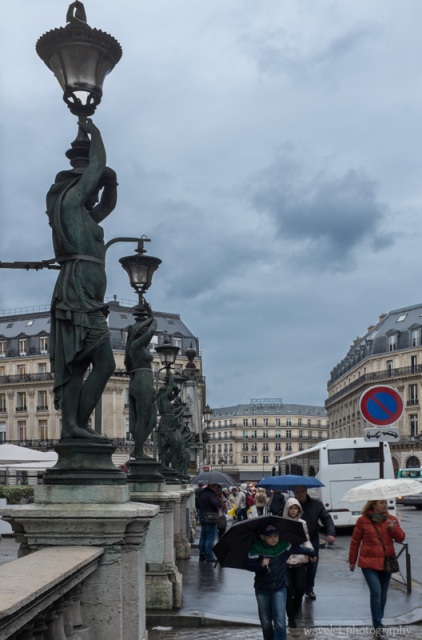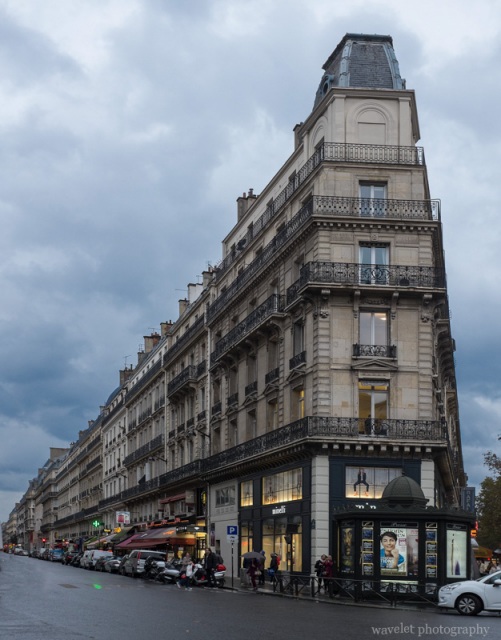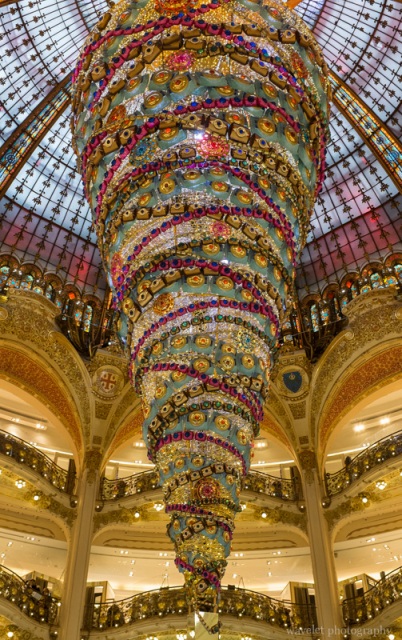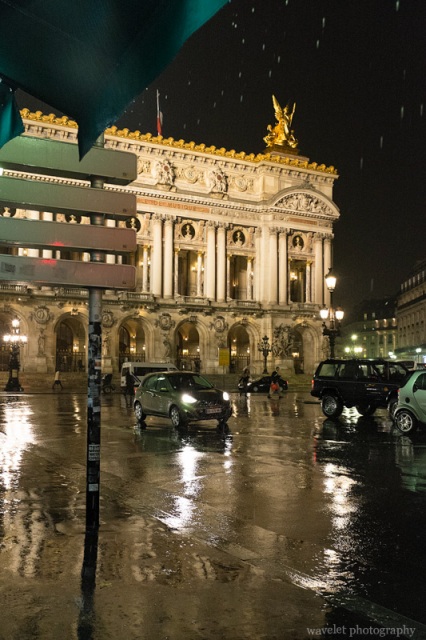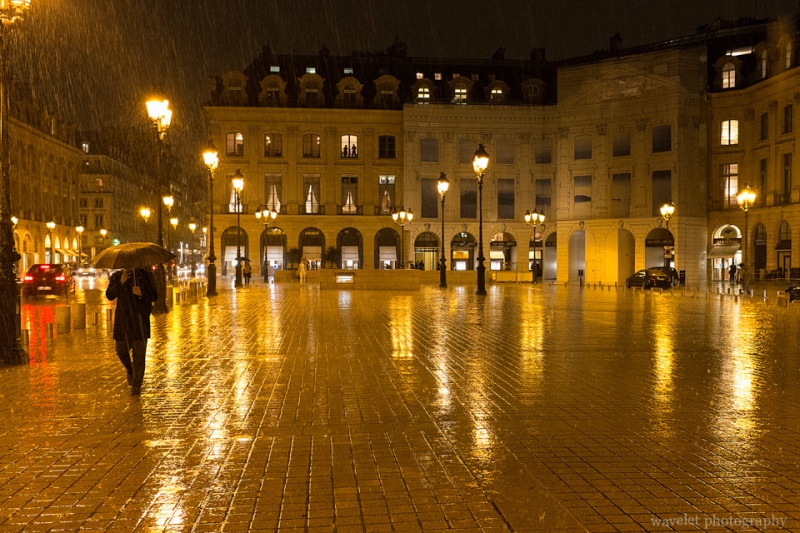2016.8.14~15We checked out from the hotel in the downtown and set off to Olympic Nation Park in the morning. We planned two full days for it, which we thought it would be enough, but as we went to the west end of the park, it’s almost 5-hour driving from the city. We actually spent a lot of time on the road.
We took I-5 south then turned to WA-16 all the way to the north through Kitsap Peninsula. Another option is to take the ferry to Bainbridge Island, the distance would be much shorter but the time required is about the same. While we were driving on the road until we got to Port Angeles, the majestic Mt. Rainier was always in our sight.
WA-16 became WA-3. At the end of WA-3, we were supposed to make a left turn to the Hood Canal Bridge, but we missed it. We then reached a hard 90-degree right turn. Through the morning fog, I noticed the tree-lined street on my left was so lovely. We stopped and found ourselves at Port Gamble. Port Gamble was found by William Talbot and his partners in 1850’s, they form the Puget Mill Company to ship the lumber from Oregon forest to California. They built the down and houses in Maine style, where their home state is.
We stopped by the little museum and walked around the streets. Sometimes, derailing from the planned route can result in a surprisingly wonderful experience. Our founding of Port Gamble is another proof.

Port Gamble, Washington

Port Gamble, Washington
It took us another 20 minutes to realize we made a wrong turn. We turned back and crossed the Hood Canal Bridge. The view over Hood Canal was nice and Mt. Rainier was at our back now. For the most part, both sides of the highway are covered by the dense jungles. As we closed to Port Angeles, we saw the Discovery Bay and Sequim Bay behind the woods. We arrived at Port Angeles at 1pm and we had the lunch at McDonald’s.
Last time we came to Olympic Nation Park, it’s 10 years ago in April. We tried to get to Hurricane Ridge but were stopped by snow. This time we were here at the height of summer in the early afternoon, even at 1-mile above the sea level, it’s very warm and the sun was harsh. The air was clear, we could see Victoria Island about 30 miles away. We had a hike along the Cirque Rim Trail and eventually got as far as to the Sunrise Point.

Hurricane Ridge, Olympic National Park, Washington

Hurricane Ridge, Olympic National Park, Washington

Hurricane Ridge, Olympic National Park, Washington
Returned to Port Angeles, we kept on driving to the west, the Pacifica Coast side of the park. Although the map might tell you that it only takes one and half hours, you should plan for longer time. The road, for the most part, running on the north of the park. There are several small branches that allow visitors to explore the valleys. We planned to do that on our way back, so we only made a brief stop at Lake Crescent.

Lake Crescent, Washington
We arrived in Forks at 5:30pm. We checked into Miller Tree Inn B&B. We are not Twilight movie fans, so before coming here, we had no idea that Forks is actually where the story took place in the novels. Since the novels became the best sellers and movies were release later, tourist traffic to this small town has been greatly multiplied, although the movies were mostly filmed in Oregon. Because the house of Miller Tree Inn bears some similarities to the house described in the novels, it’s also called “Cullen House”.

Forks, Washington
My plan for the rest of the day was to photograph Rialto Beach‘s famous sea stacks at sunset. The sky looked very promising at Forks, but Forks is 15-mile away from the coast. As we got closer and closer to the beach, the fog got thicker. When we were actually on the spot, the beach was entirely shrouded in the gray and ominous fog. Sea stacks were bare to be seen. It’s no way I could get those picture with sea stacks immersed in the golden color, but the bad weather offered me another opportunity: How to capture the gloomy feeling? The stark difference in color between the white waves of the angry sea and dark cobbles on the beach was also inspiring. I ended up having some very interesting shots but very different from what I had expected.

Rialto Beach, Washington

Rialto Beach, Washington

Rialto Beach, Washington
As we were on our way back to the town after 7pm, the sky got clear again. Weather by the sea is totally unpredictable, especially in the summer. Maybe because Twilight fever has somewhat retreated now, Forks is a quiet town at night, almost no people on the street. We had the dinner at Blakeslees Bar and Grille.
We stayed in Ella’s Suite of Miller Tree Inn. Before the sunrise, we heard some strange noises coming from the surrounding ranch. The next day morning, as we were having breakfast at Miller Tree Inn, (the host cooks breakfast for all guests), the owner said some Elks coming down from the hill and one youth got stuck by the fence. What other creatures could come out from the forest and hills? It’s the Twilight Zone after all.

Forks, Washington

Forks, Washington
After playing the seek-and-hide game with the owner’s tabby cat for a bit, we checked out the B&B at 9am. The distance between Forks to Hoh Rain Forest Visitor Center is 30 miles. It will take about an hour to get there because of the winding road, once you leave highway 101 in the park. Hoh Rain Forest is one of the largest temperate rainforests in America. Two short trails loop through the forest near the visitor center. The view of the rain forest was fascinating. I wish we could spend more time there.

Hoh Rain Forest, Olympic National Park, Washington

Hoh Rain Forest, Olympic National Park, Washington

Hoh Rain Forest, Olympic National Park, Washington
It took us more than 5 hours to drive all the way back to the airport. We skipped all the interesting spots by the road and only made a brief stop at Port Angeles for lunch. Given the distance from the city, you should plan to stay two nights in order to explore the Pacific side of the Olympic National Park.

Hoh River, Olympic National Park, Washington

